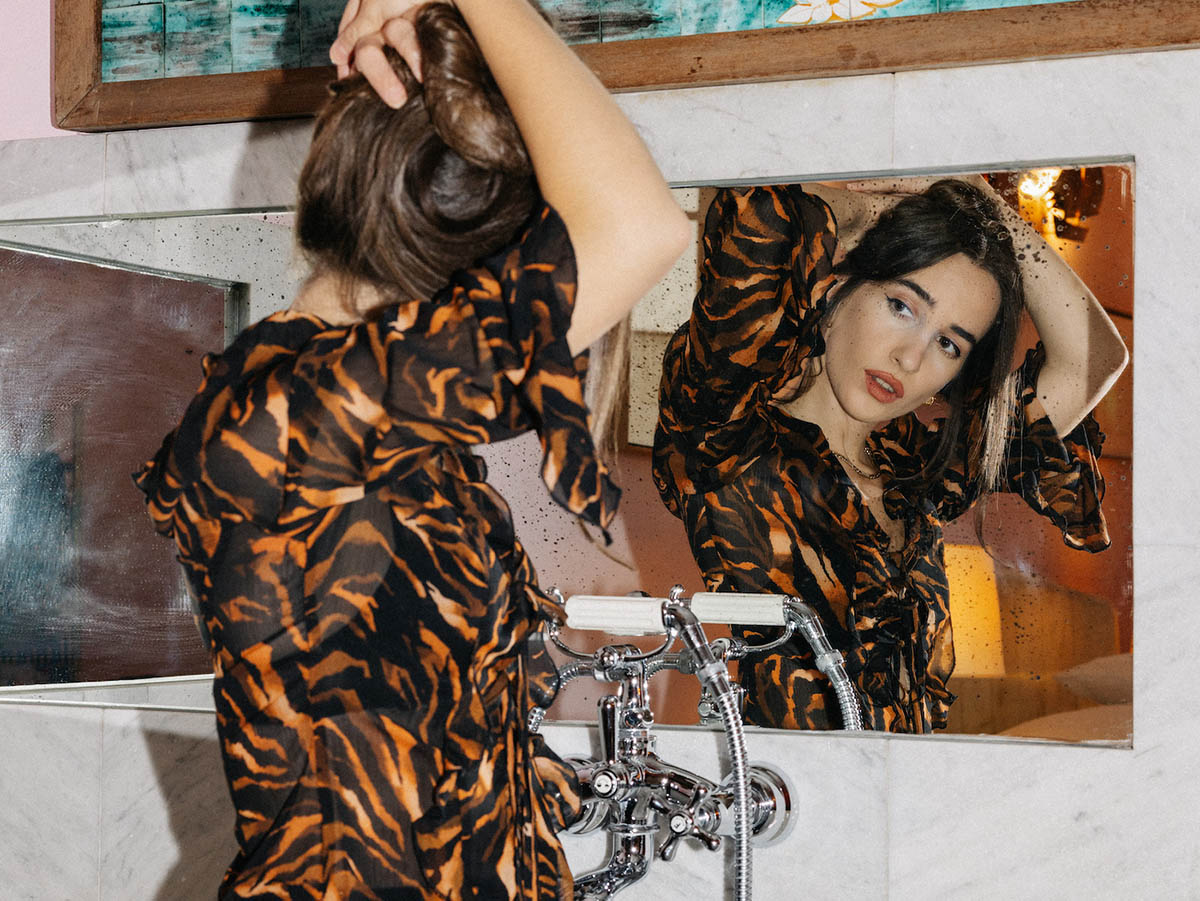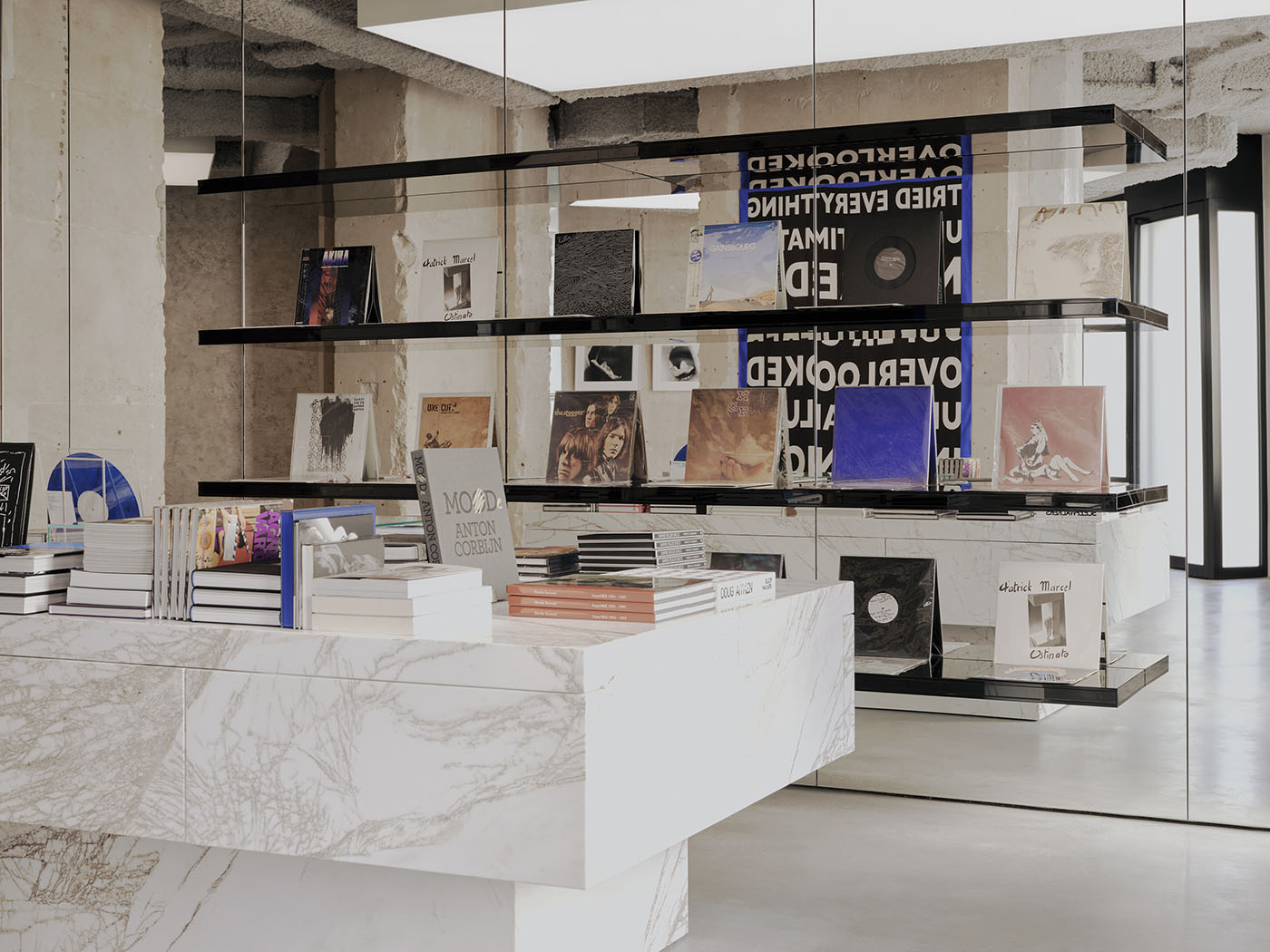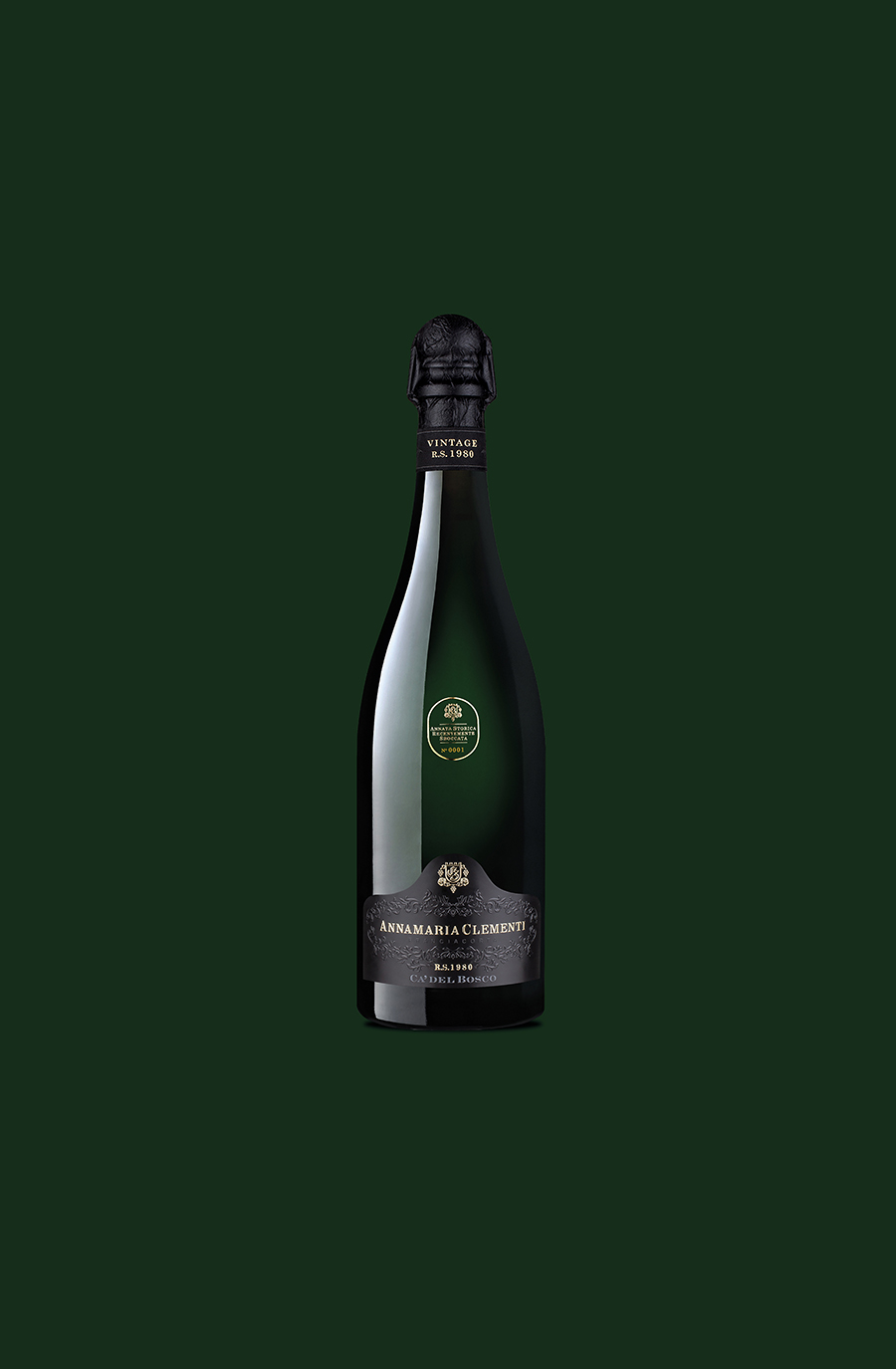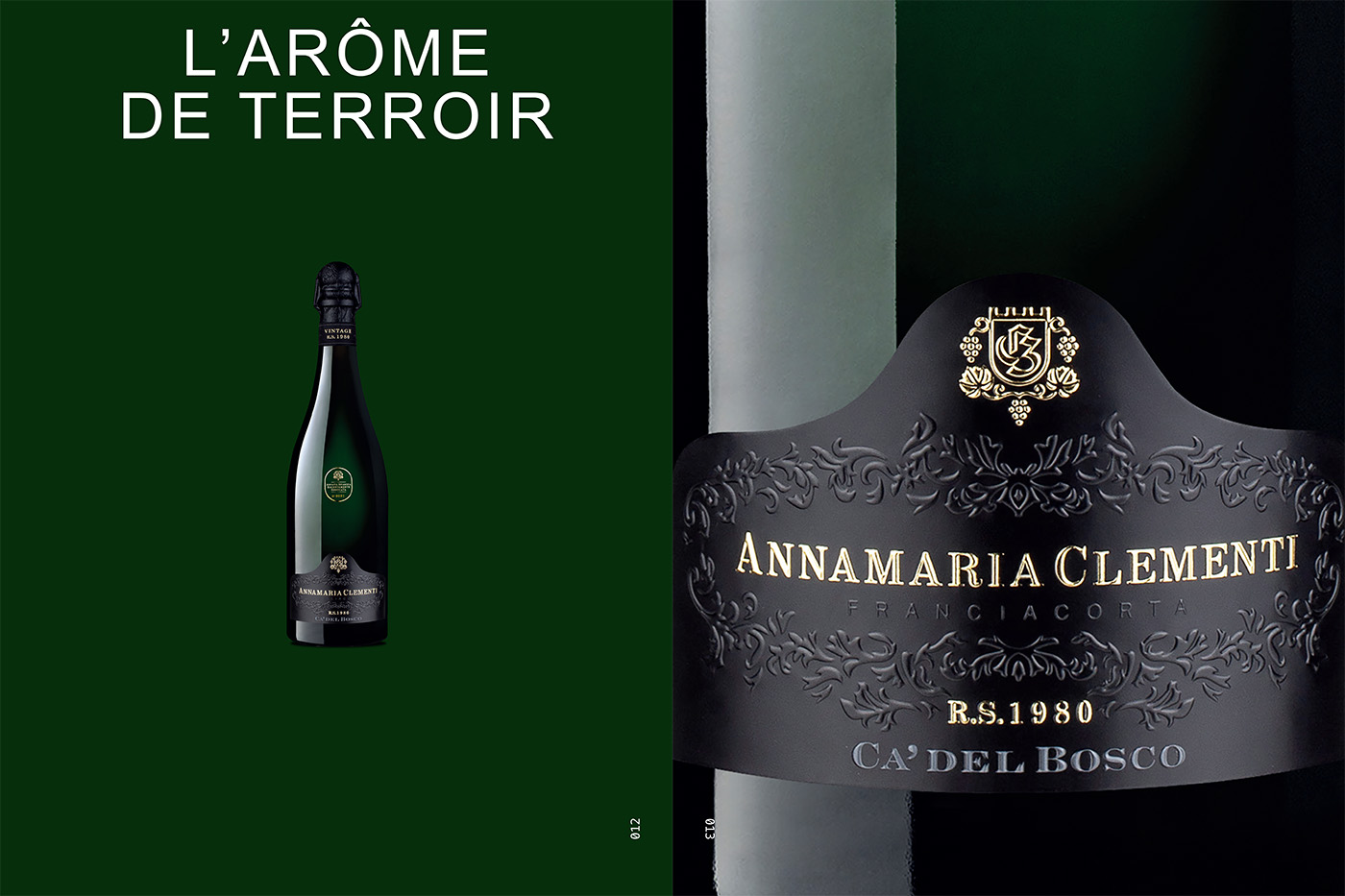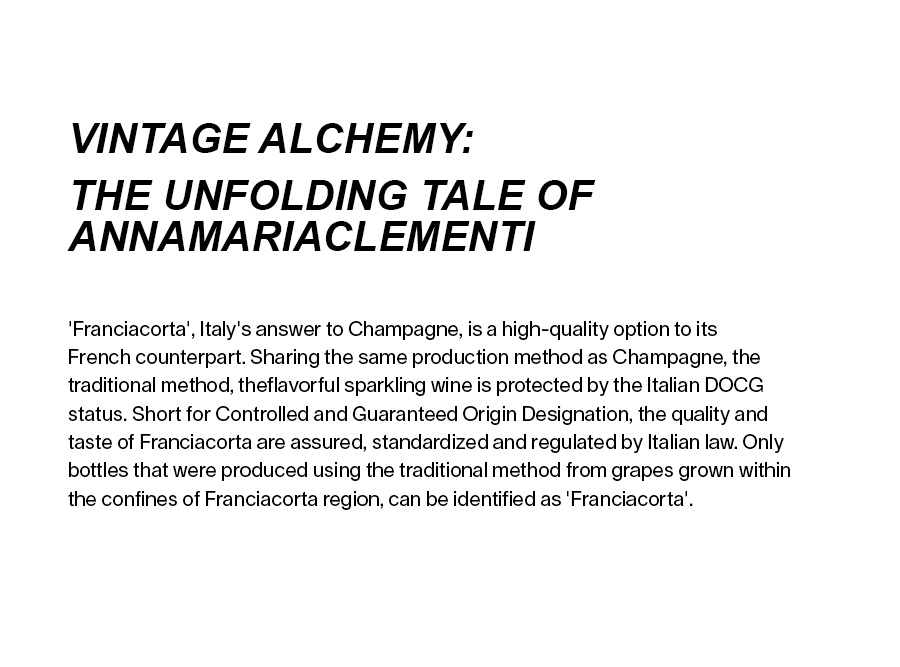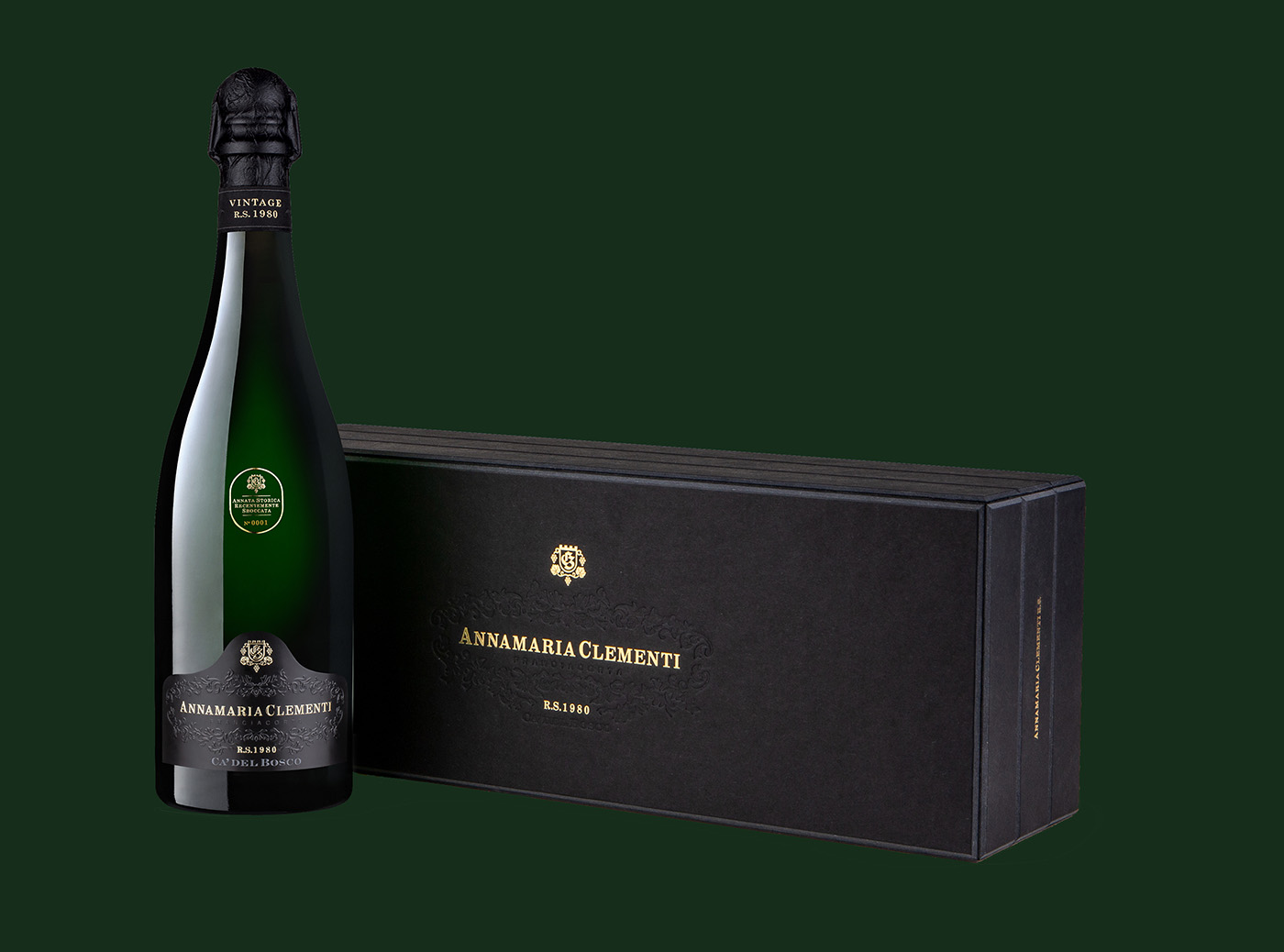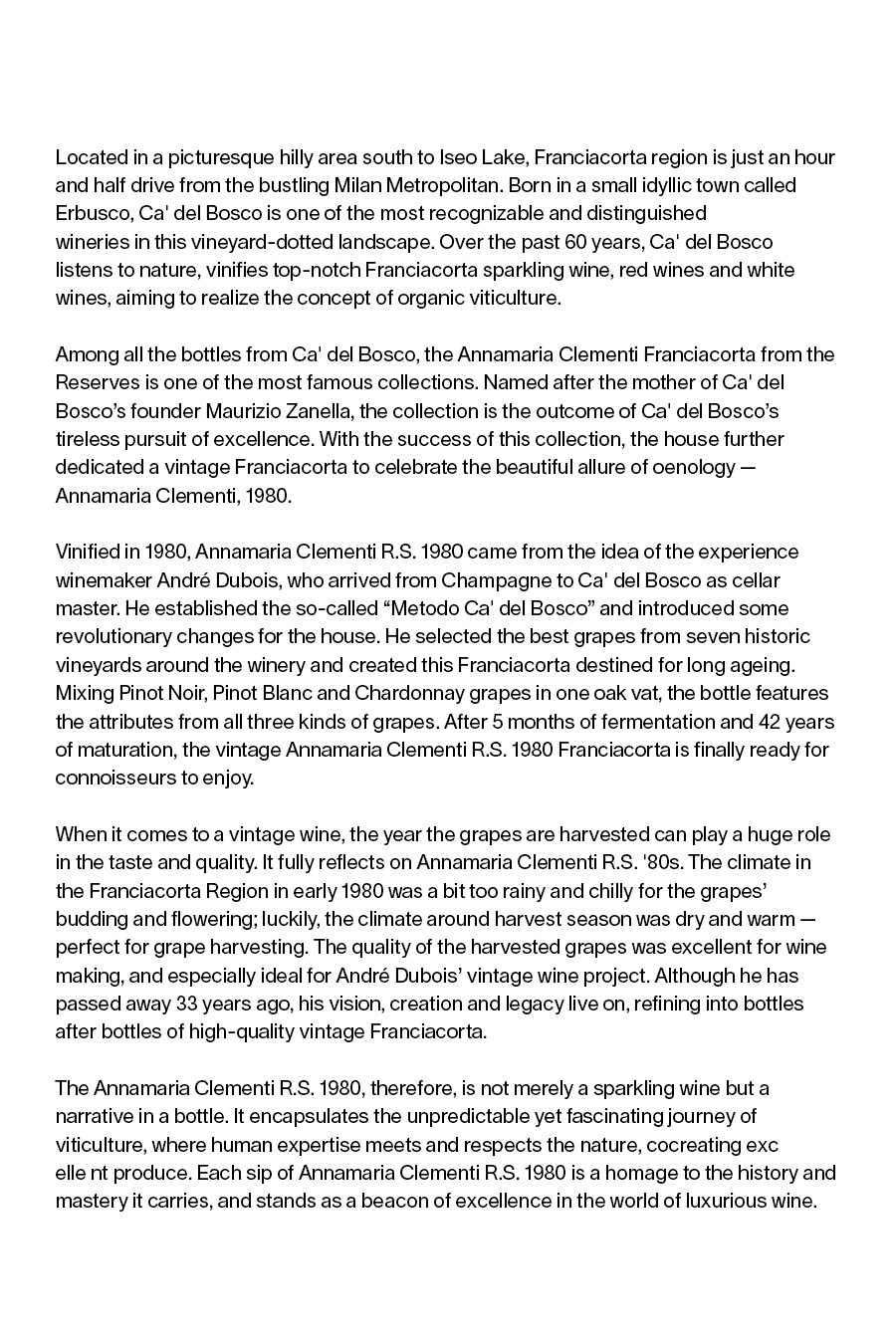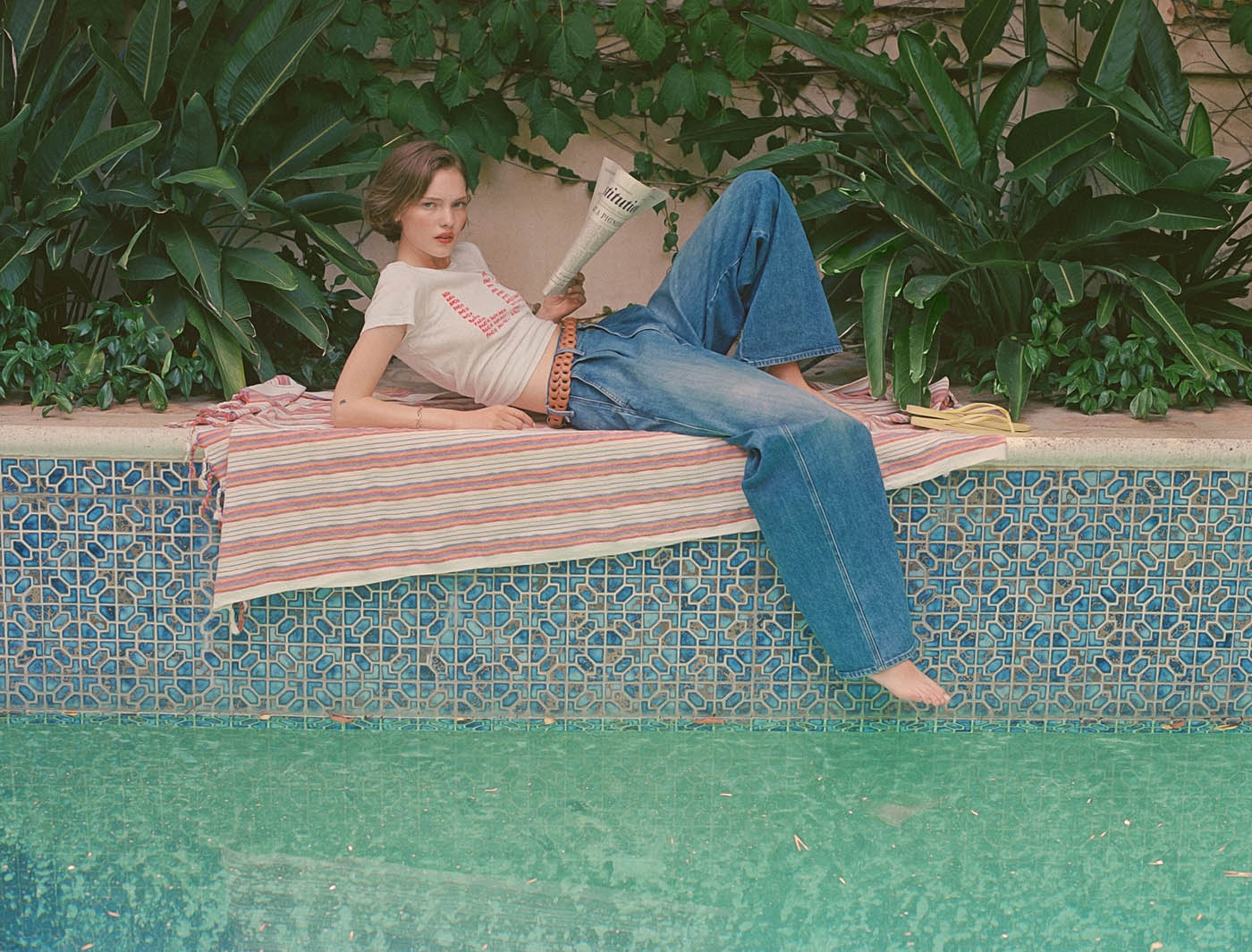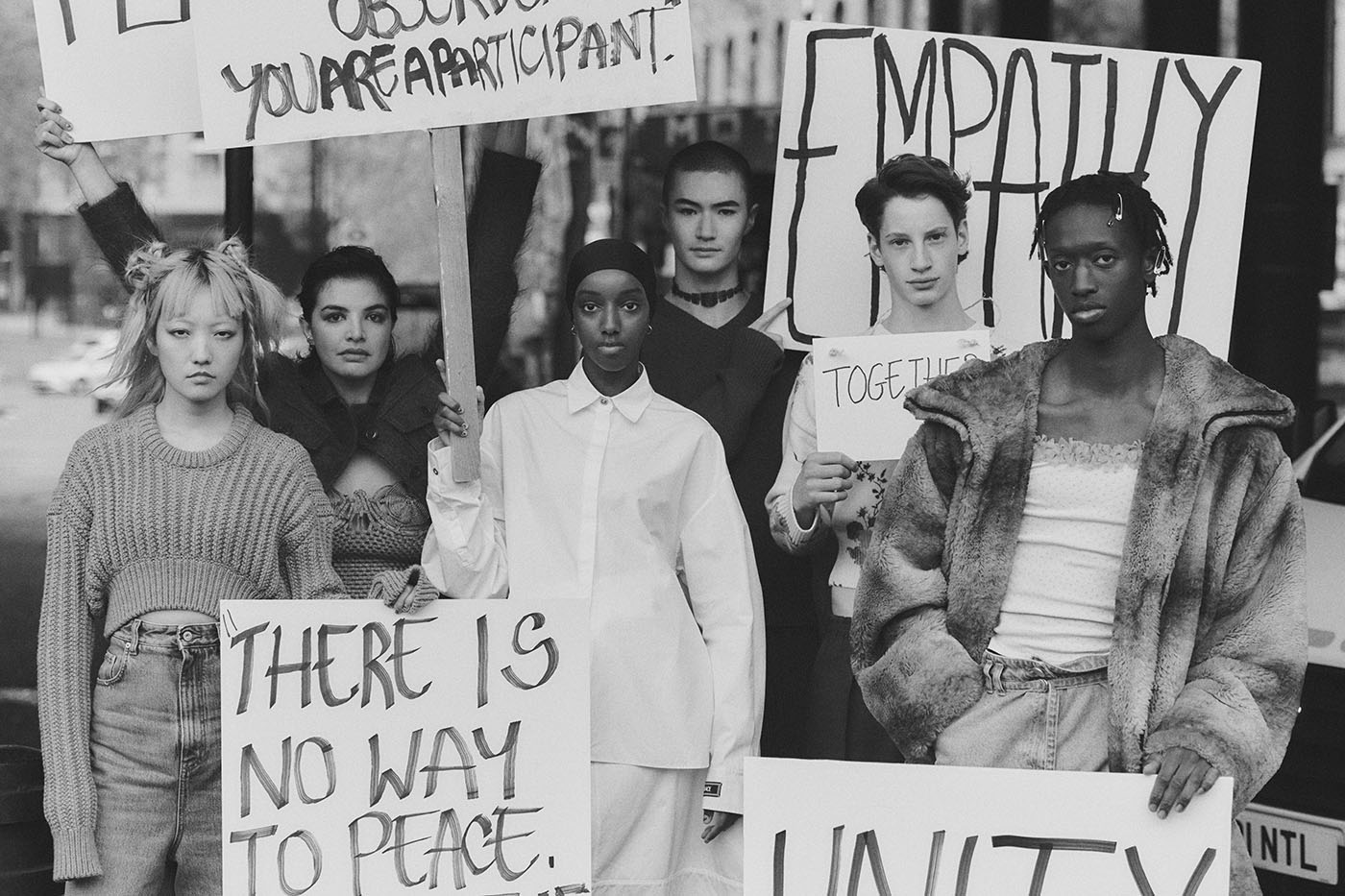Amanda Louise Macchia Brings Her Fashion-Heavy Pop Art to Milan
Amanda Louise Macchia Brings Her Fashion-Heavy Pop Art to Milan
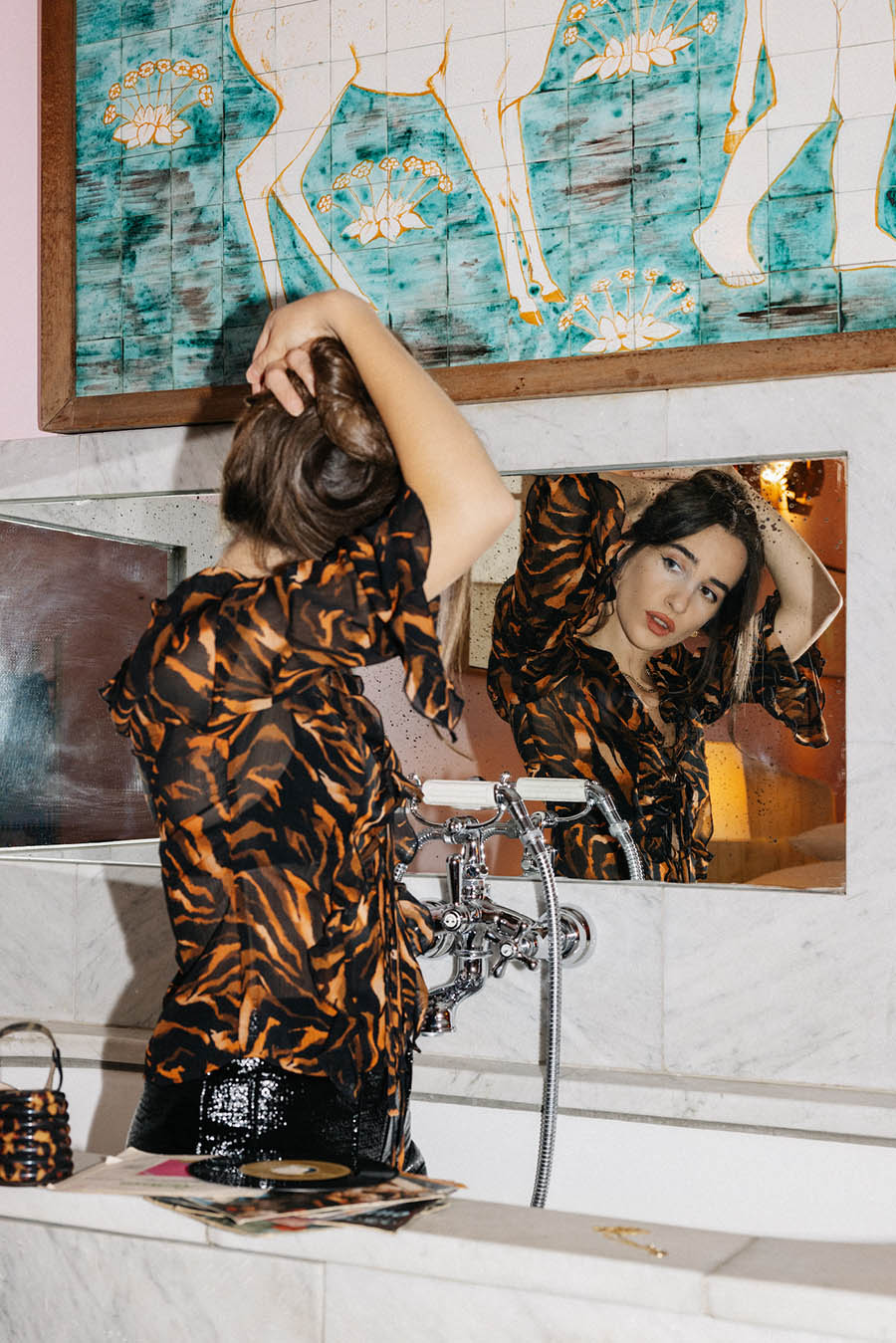
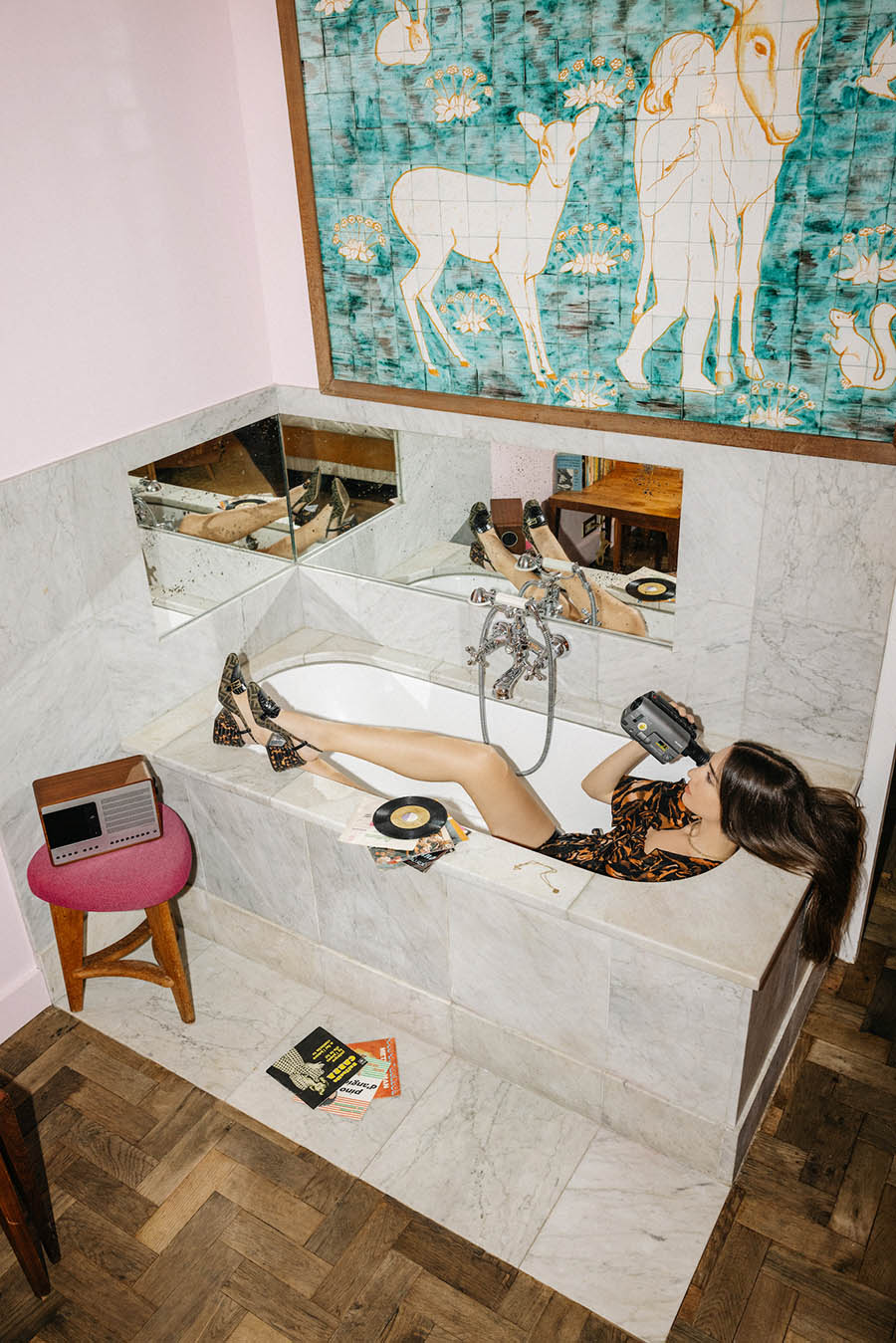
Amanda Louise Macchia © Dino Kužnik
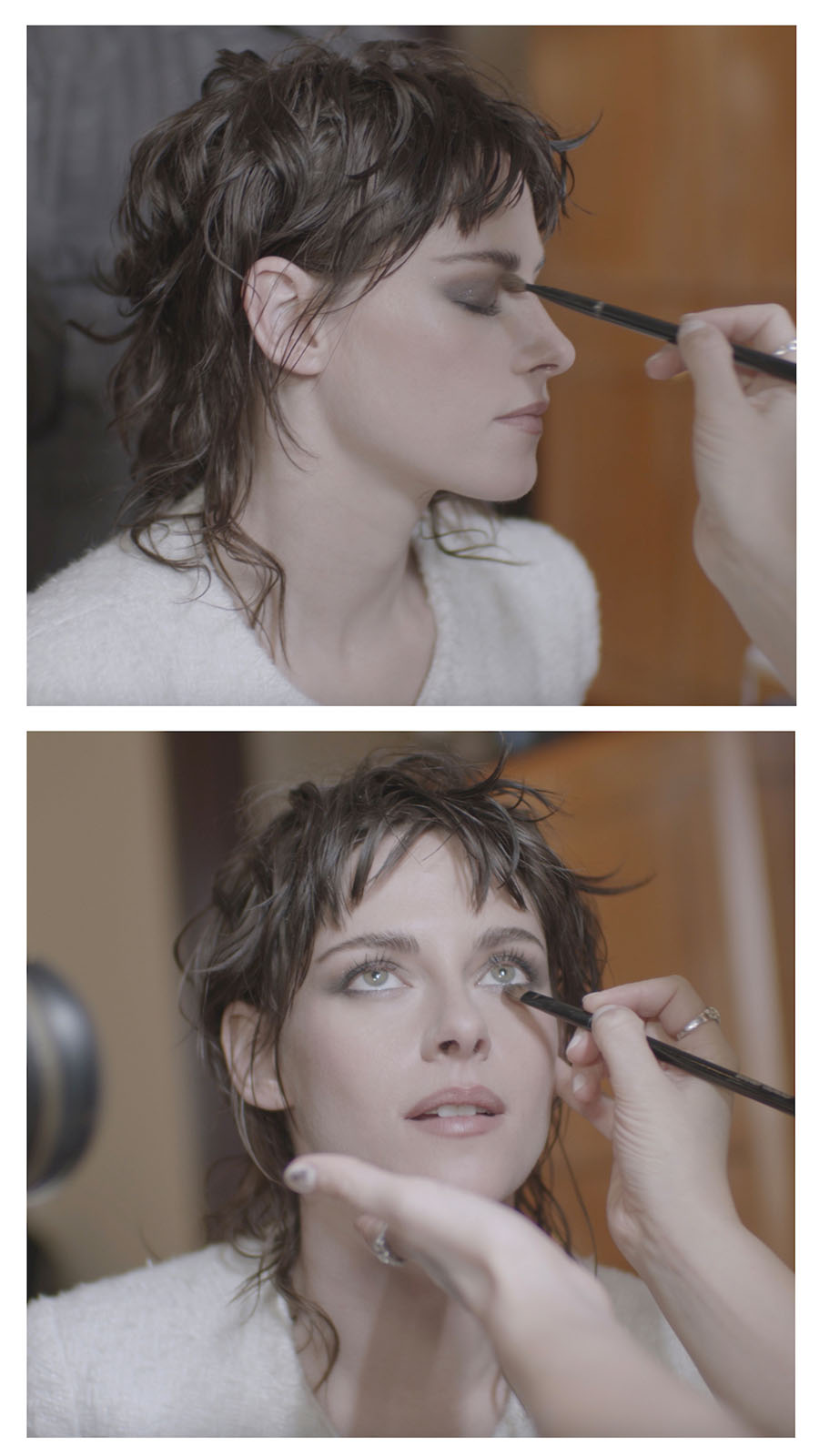
Kristen Stewart by Amanda Louise Macchia for Chanel Beauty
Amanda Louise Macchia is an emerging Italian-Canadian video director. After spending several years in the Paris fashion scene, she is now partially relocating to Milan for the first time, bringing a portfolio of high fashion and beauty videos with her.
Known for her retro pop art style, Amanda has developed new ways of digitizing mid-century ideas, by integrating stills into moving images using collage, instant film, and even regular office supplies, alongside her vintage video cameras, into creative content for luxury brands including Saint Laurent, Off-White, Audemars Piguet, and an on-going series with Chanel Beauty.
With Chanel Beauty, Amanda has profiled major talent including Margot Robbie, Lily-Rose Depp, and Kristen Stewart, the latter of which was just released in February 2024 alongside the Berlinale, with more content to come through the rest of the year around other prominent film festivals and award ceremonies.
The unique blend of high and low art in this work, which includes low-res photo scans and a handheld camcorder from the early 2000s, alongside standard beauty footage, has garnered the attraction of luxury brands globally, looking to recreate this careful and enticing balance.
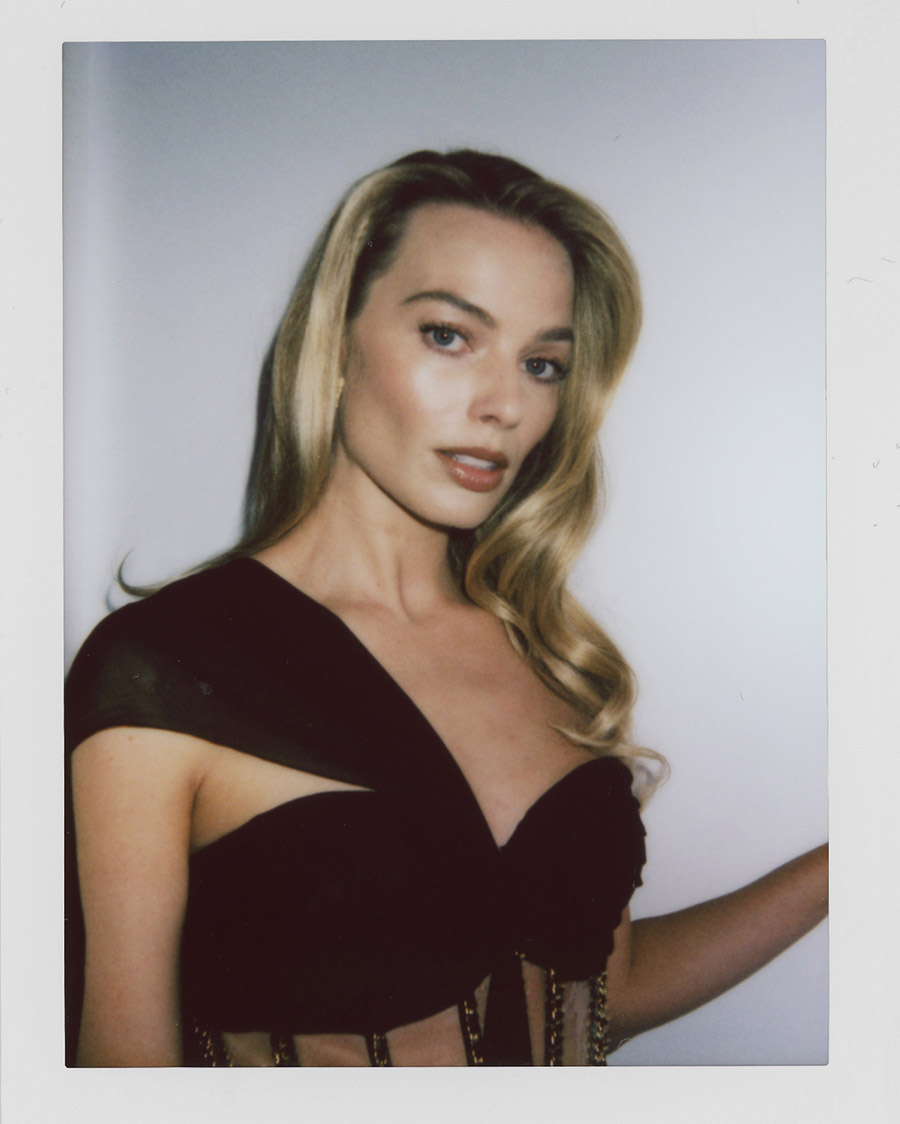
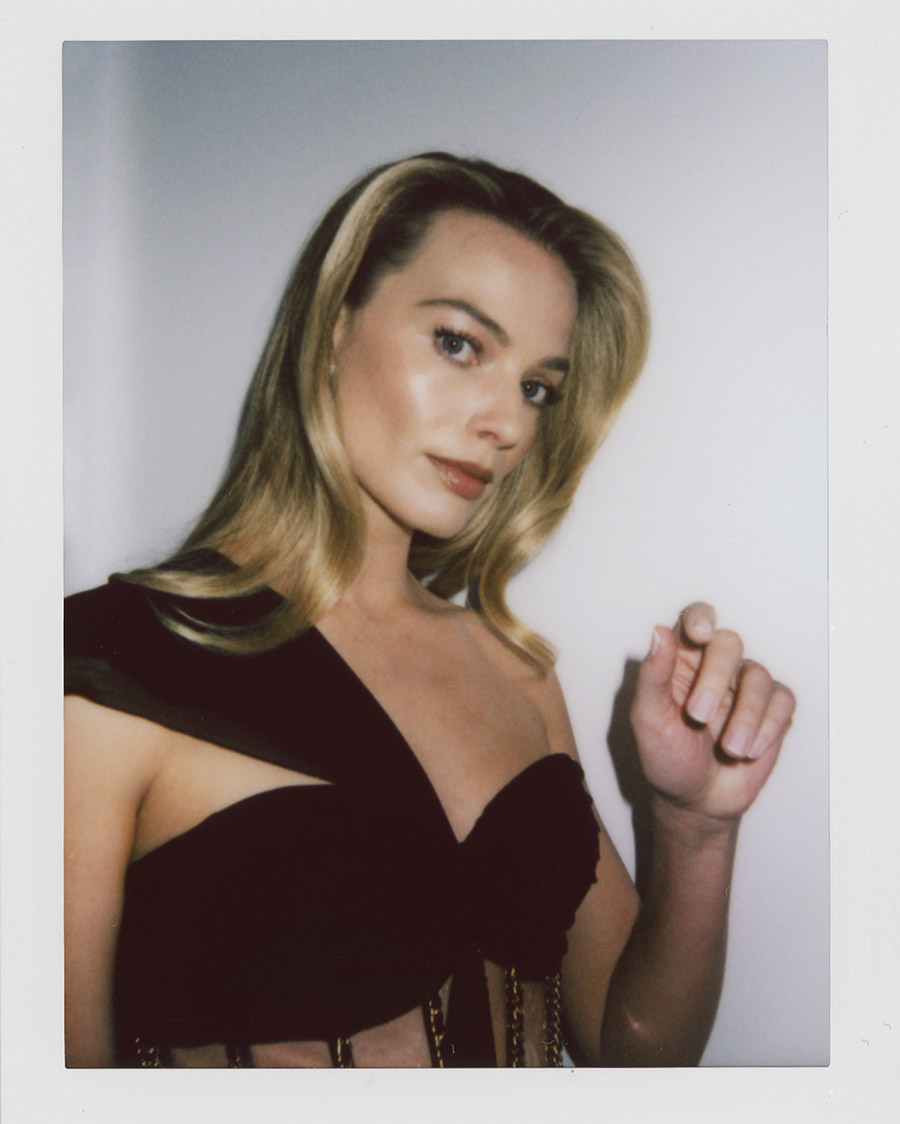
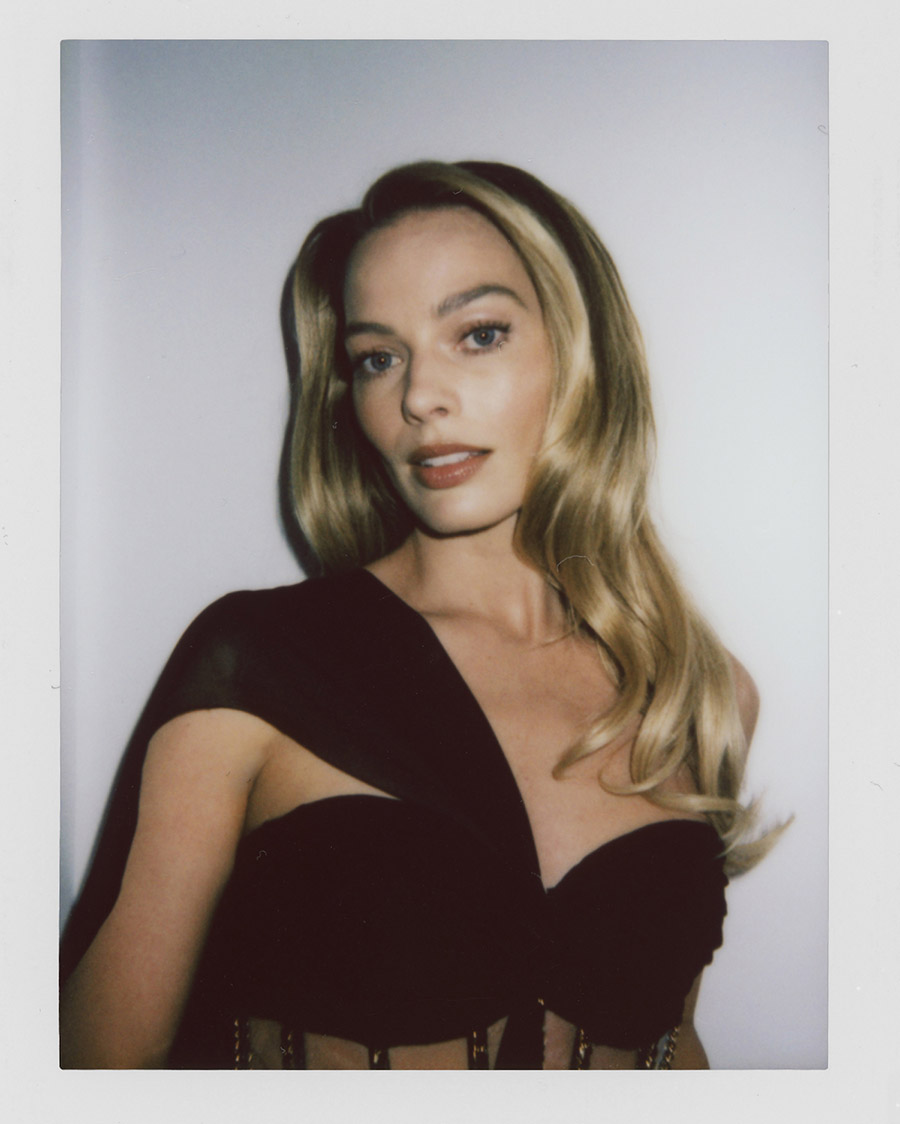
Margot Robbie by Amanda Louise Macchia for Chanel Beauty
Amanda’s style extends from her editorial work as well, having been published by Purple Magazine, System Magazine, & Vogue, where she first began experimenting with these pop art elements on set, the backstages of fashion shows, and in ateliers, with brands like Balenciaga, Givenchy, Paco Rabanne, and Schiaparelli.
But her first medium of video directing was in documentary, which she recently revisited with her latest personal project A Certain Song: Yes Sir, I Can Boogie – a short film documenting the history of the famous Spanish disco song through capturing the 1970s press clippings, magazine features, and personal photos of founding member Mayte Mateos. The film is an Official Selection for the upcoming 2024 Fashion Film Festival Amsterdam, taking place in April.
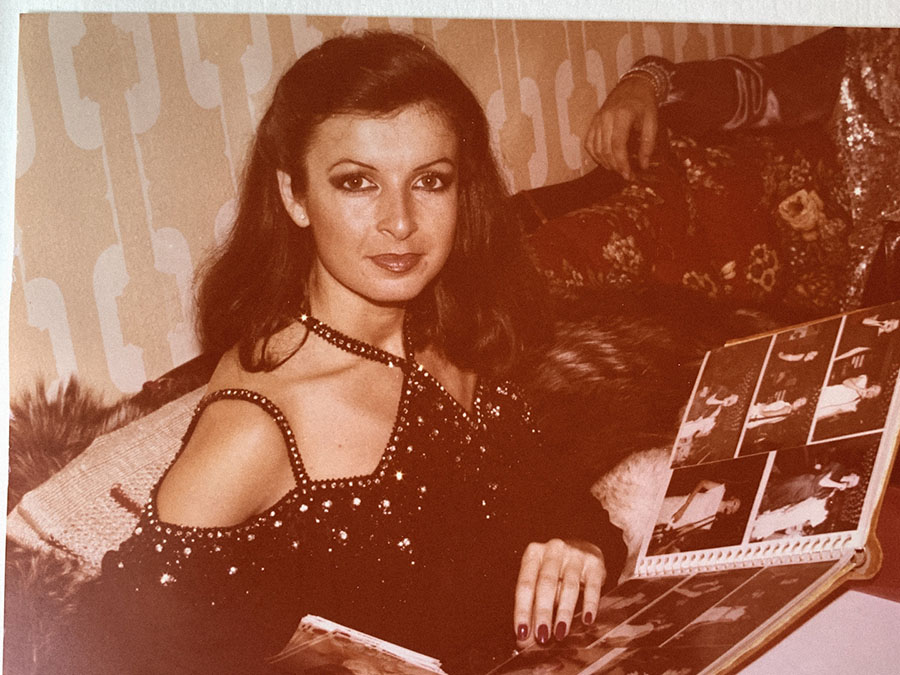
Amanda Louise Macchia’s documentary about Baccara, A Certain Song: Yes Sir, I Can Boogie
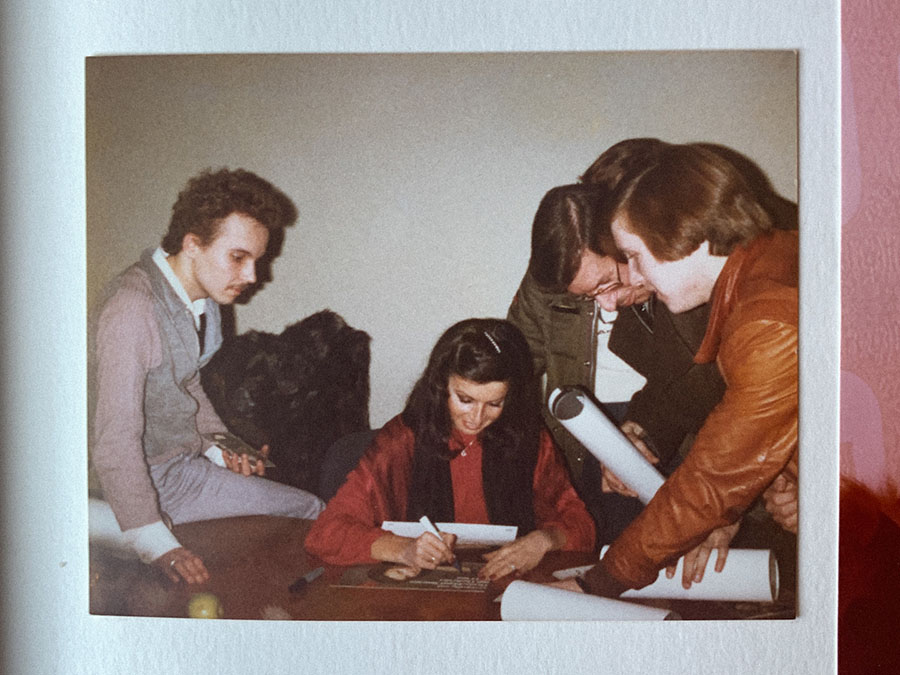
Amanda Louise Macchia’s documentary about Baccara, A Certain Song: Yes Sir, I Can Boogie
The history of the song Yes Sir, I Can Boogie is noteworthy because it continues to dominate the fashion world 45 years after its initial release and entry into the Guinness Book of World Records, for most singles sold by a female duo.
Amanda applied her signature pop art style to this collage-focused film, and shares the journey of a song created with few expectations, but which has become not only a top staple of European disco, but also synonymous with iconic fashion and beauty brands including Dior, Paco Rabanne, and Charlotte Tilbury – some of which Amanda is becoming synonymous with herself.
Chanel’s Haute Couture Director Christelle Kocher Joins in Jelenew: Redefining Athletic Couture

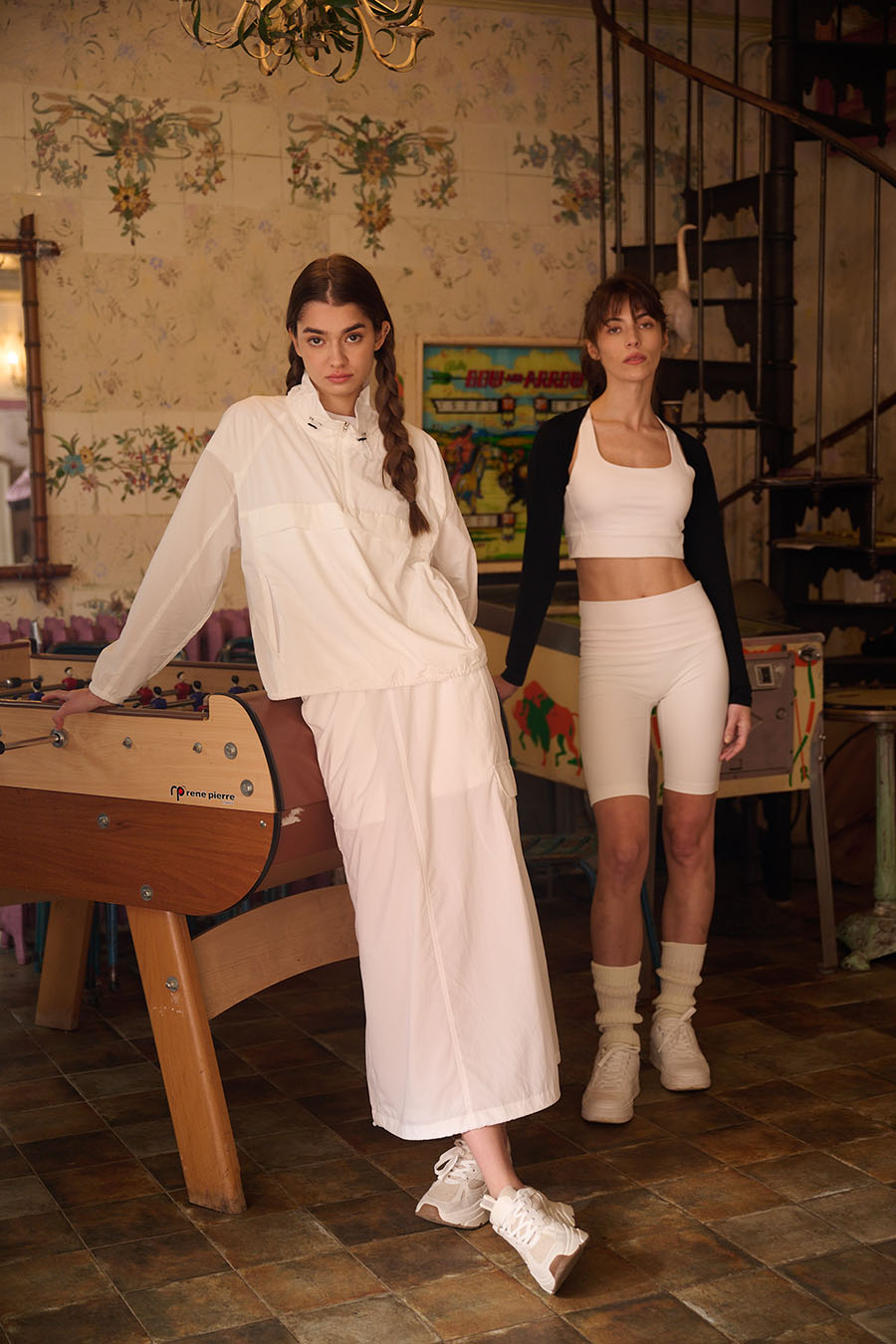
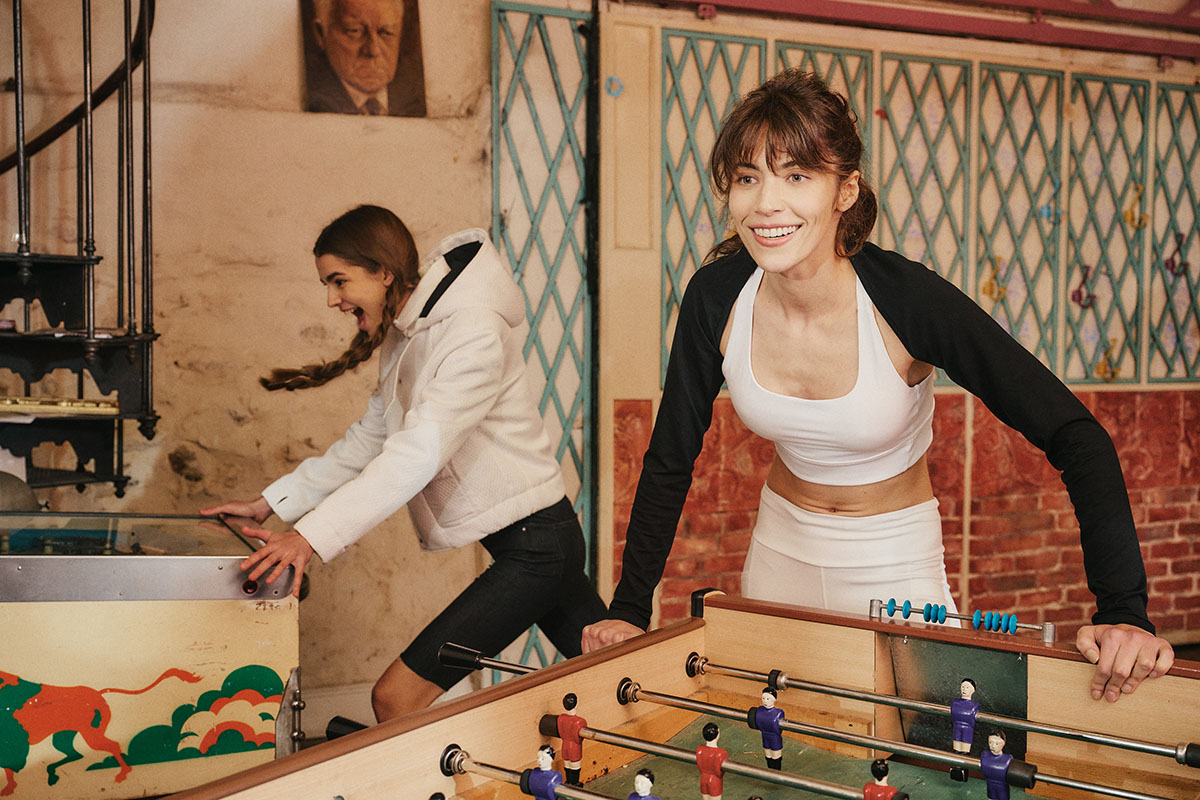
Avant-garde, visionary and somehow traditional is the style of the designer Christelle Kocher. Her talent resides in her ability to honor the past by preserving the heritage, while looking at the future by adapting to the needs and applying new techniques.
After graduating from Central Saint Martins, Kocher embarked on a journey through prestigious fashion houses such as Bottega Veneta, Dries Van Noten, Chloé, and Martine Sitbon, where she learned the art and craft of a creator and a couturier. Her modern spirit found expression in Koché, a fashion label she launched in 2015. Koché defies conventions, blending styles and celebrating the richness of human creativity, a clear declaration of freedom and self-expression.
Her interest in craftsmanship and tradition took her to elevate her career into the realms of haute couture. In 2010, she became the Artistic Director at Maison Lemarié, a revered institution part of Chanel Métier d’Art, distinguished by its know-how and finesse. Maison Lemarié stands as one of the last bastions of plumassiers and florists worldwide. At the heart of Maison Lemarié, lies a love for technical precision, a passion for heritage, and the pride of bringing to life exquisite designs. Kocher’s work at Lemarié aims at modernizing ancient techniques while preserving their timeless essence.
In 2019, Kocher’s visionary work was recognized as she clinched the Andam Grand Prix, a testament to her unwavering commitment to pushing the boundaries of fashion.
With Christelle Kocher, traditional fashion becomes avant-garde, and classic becomes innovative. This is evidenced by her collaborations within the sportswear industry. With PUMA, Nike, AC Milan and Paris Saint-Germain, Christelle Kocher created a wardrobe aimed at empowering women in sports and driving them to embrace athleticism and strength. With energetic yet poetic designs, Kocher’s creations encapsulated the beauty, precision, and subtle irreverence that define her aesthetics.

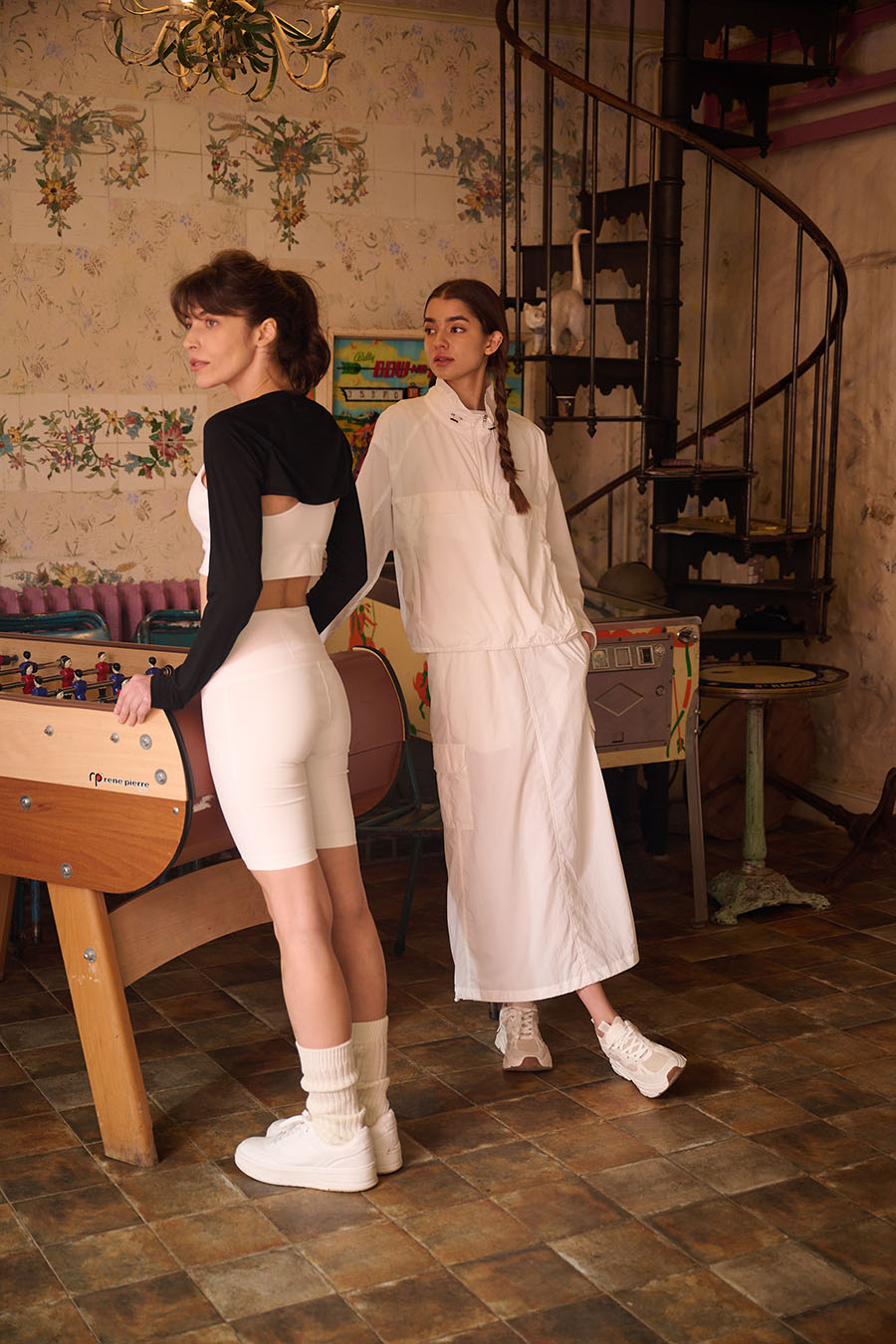
Jelenew brand was co-founded by legendary French rider Marion Clignet, a six-time UCI trophy in the championship worldwide. The brand is committed to provide comfortable and reliable equipment for female athletes and enthusiasts of racing sports. Compared with the popularity of flexibility sports and indoor training, racing sports, a game full of speed adventure and pursuit, is a sports system with an obvious male–tag label, and the attention to women has been even shallower. Until the past five years, gradually having the women’s racing events, and the organizations slowly begin to appear. Jelenew grew up in women’s racing, a desert full of exotic flowers of feminist . It constantly challenges the limits of craftsmanship and breaks through the design barriers of elastic fabrics and functional fabrics. Each piece of clothing forms a beautiful and warm place. The unique three-dimensional space of temperature-control, muscle-protection and comfort gives female athletes the greatest sense of security and supports them to complete their feathering again and again through outdoors, towards the mountains and forests, between rivers and castles.
With the addition of Christelle Kocher and her team, JELENEW has further developed a super engine, with Chanel’s high-end craftsmanship concepts and techniques, and tried to satisfy the aesthetic demands of female cycling enthusiasts to the greatest extent. Christelle Kocher developed invisible princess line, triple edged pleated ruffles and pleated sewing overlock. This is the latest venture into the sportswear, a journey into the realms of cycling, the beauty of Africa, the pursuit of freedom, and the eternal feminine urge to question one’s existence. Jelenew, a brand renowned for its commitment to empowering women through cycling, and Christelle Kocher unveil a collaboration that delves deep into concepts of independence, creating a wardrobe that is avant-garde and stylish, while performant and innovative.
Drawing inspiration from the memoir “West with the Night” by Beryl Markham, this collaboration transcends conventional boundaries, offering a narrative that resonates with the complexities of feminine identity and the pursuit of liberation. Christelle Kocher infuses her avant-garde aesthetic into the collaboration, where each garment reflects the fusion of athleticism and elegance.
With the Jelenew x Christelle Kocher collaboration, two worlds merge to create a new universe —one that embodies the spirit of adventure with the values of craftsmanship. The collection promises to transcend limitations and navigate a unique journey of design, merging high quality with technical prowess, craftsmanship, and avant-garde creation.
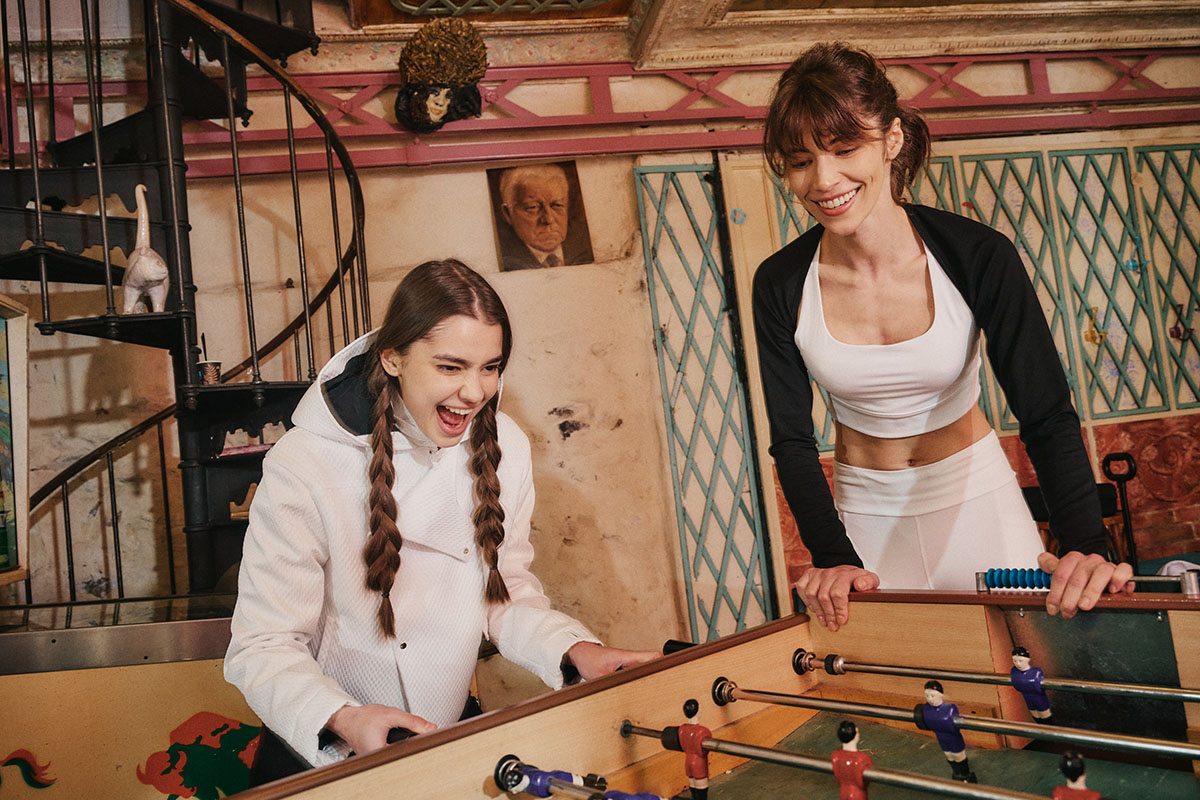
Photography: Tian Ye (@tianandye)
Fashion: Cora Zou (@corazrd)
Make Up: Lili Weng (@lili_bono), Shiyu Liu (@baiwanliu)
Production: Xlombra Culture Media
Executive Production: Elain Zhang, Eunice Wang (@diu_diuni)
Photography Assistant: Wang Jun
Production Assistant: Euphemia Shi (@sonoxannie)
Models: Natalia (@nataliahamu), Maryna (@koval_marinaa)
Text: Carolina Benjumea (@carobenjumea_)
In Real Life!

blazer AMI PARIS, pleated trousers DIOR HOMME, belt SANKUANZ, squared-toe slider SAINT LAURENT
InReal
Life !
Photography | Bradley Ogbonna Fashion | Wilow Diallo




top & trousers Y/PROJECT, shoes AMI PARIS


oversize shirt, trousers & singlet DOLCE & GABBANA


high waisted jeans LOEWE

jacket, trousers & shoes JACQUEMUS, jewelry ALEXANDER McQUEEN

zip shirt VERSACE


cargo vest, cargo trousers & sandals VERSACE

Photography: Bradley Ogbonna (@bradogbonna)
Fashion: Wilow Diallo (@sir.wilow)
Grooming: Sophie (@sobee_glam)
Production: SW Studio Paris
Photo Assistant: Adedolapo Boluwatife Abimbola (@adedolapoboluwatife)
Fashion Assistant: Vera Iroka (@vera.kachi), Alpha Cisse (@vlphvcisse)
Model: Kenneth Okorie (@iamokoriekenneth)
Where Artistry and Creativity Converge
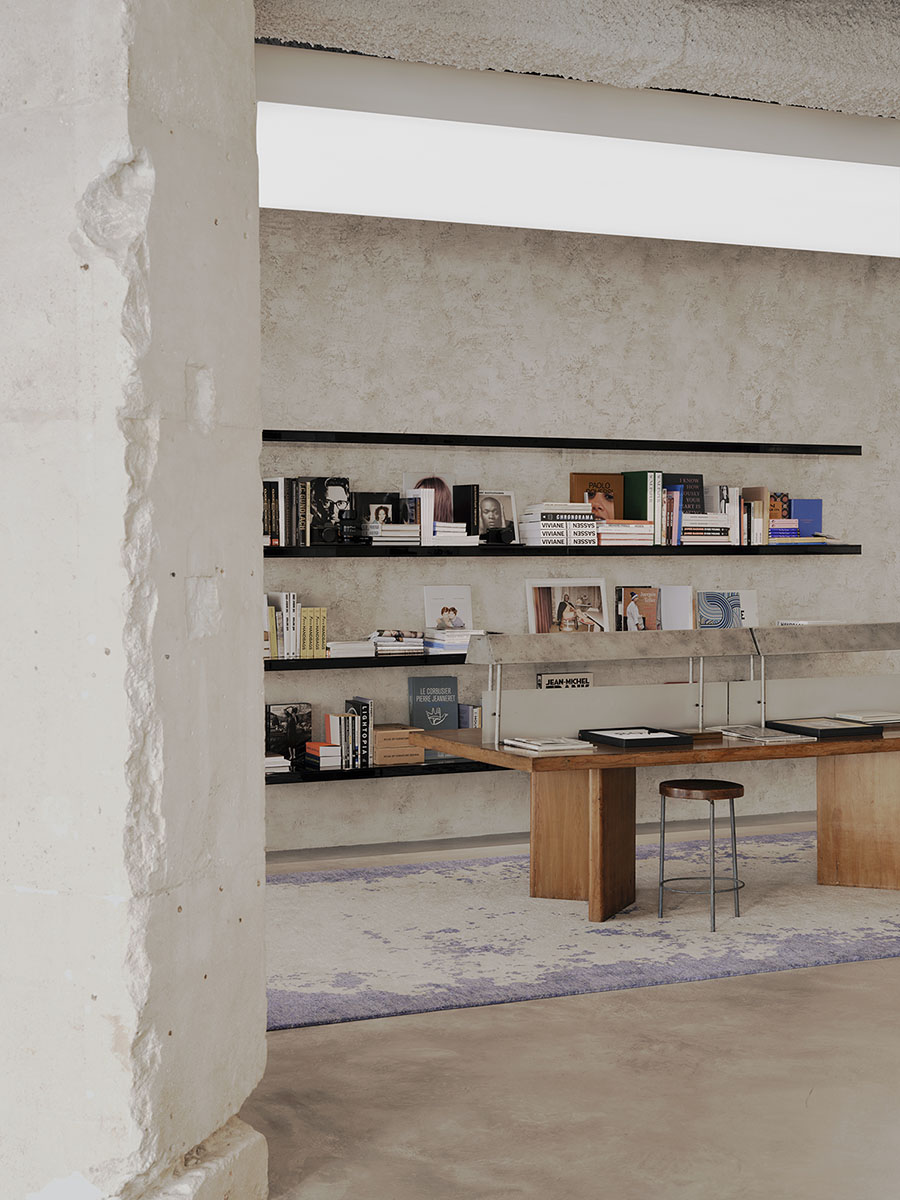

Situated in the elegant and affluent 7th arrondissment, at 9 rue Grenelle, Saint Laurent Babylone is a novel artistic and literary destination opening in the heart of Paris’ culturally sophisticated rive gauche. Close to rue Babylone, where Yves Saint Laurent and his lifetime partner Pierre Bergé moved to in 1970, the name refers to the historic connection and emotional attachment that the fashion house’s founder shared with the Sèvres-Babylone neighborhood.
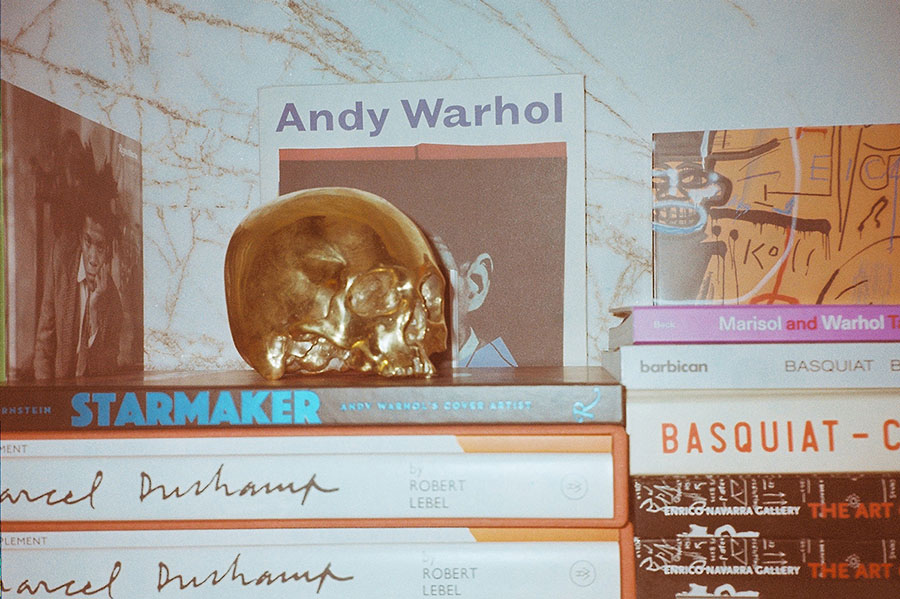

As an extension of Saint Laurent Rive Droite, Saint Laurent Babylone is a unique collection focusing on creativity and culture. Conceived by Saint Laurent’s creative director Anthony Vaccarello, Saint Laurent Babylone is a realm where art, culture, and expression intersect. More than a mere bookstore, Babylone emerges as a cultural hub, hosting an eclectic mix of books, art, and music, alongside cultural events ranging from DJ sessions to book signings. Each item, curated by Anthony Vaccarello, reflects Saint Laurent’s rich heritage and innovative future. From rare finds, out-of-print publications to Saint Laurent Rive Droite Editions and beyond, Saint Laurent Babylone sees the expansion of Saint Laurent’s creative horizon.
With his immense knowledge and manifold interests in different sectors in culture and design, Anthony Vaccarello incessantly envisions new ways of expanding the Saint Laurent’s universe while maintaining the brand’s distinctive DNA. Saint Laurent Babylone is the best practice of how Saint Laurent enriches the Parisian culture scene, inviting artistic innovators to connect, share, and inspire. The opening of Saint Laurent Banylone will undoubtedly continue Saint Laurent’s longstanding legacy as a beacon to creativity and artistry.
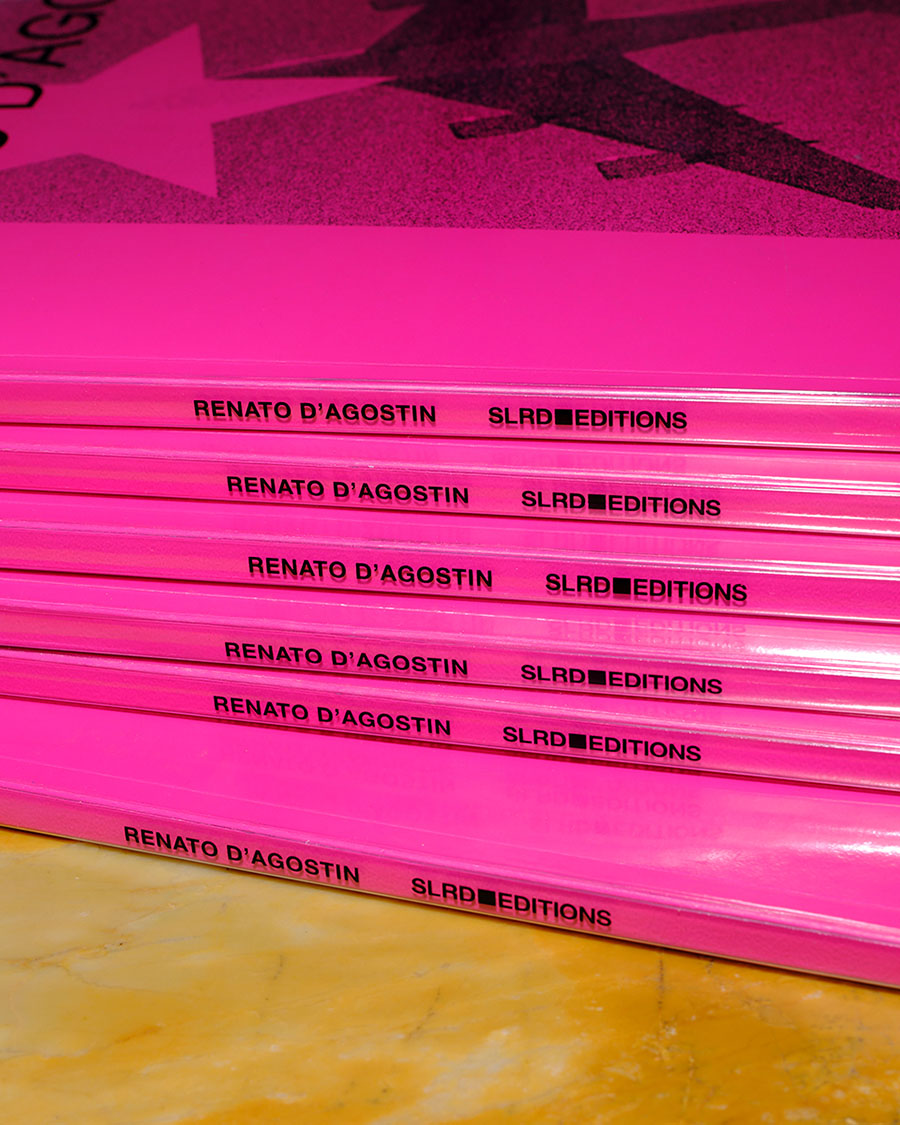
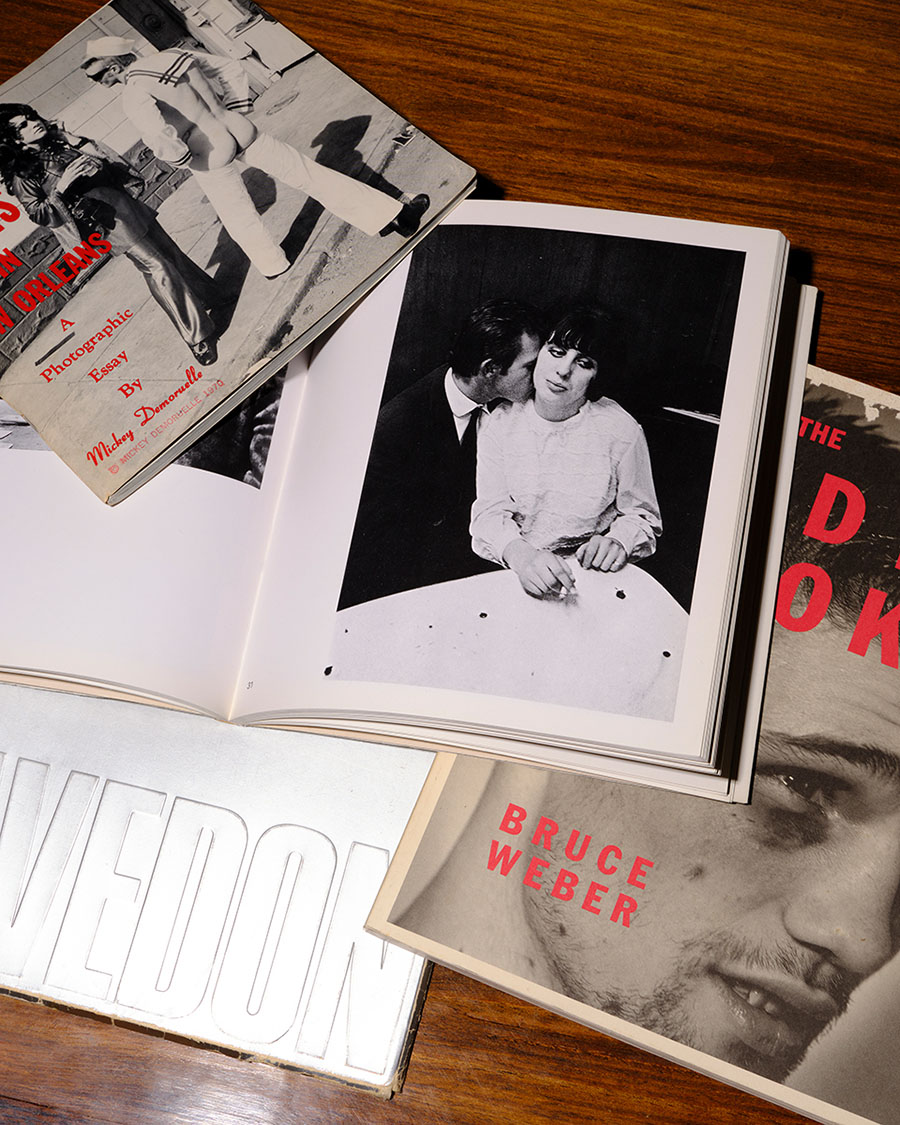
i need to live - Juergen Teller's Exhibition Sponsored by Saint Laurent
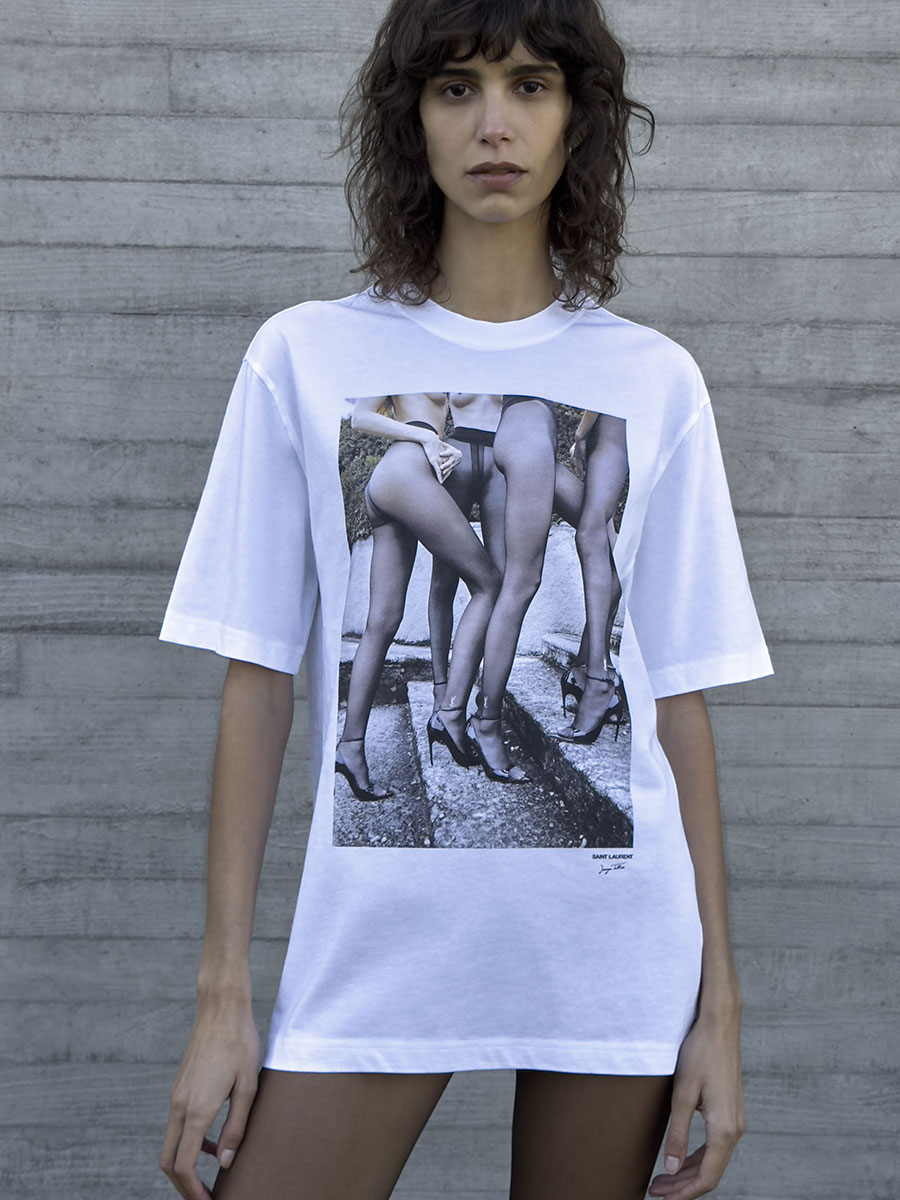
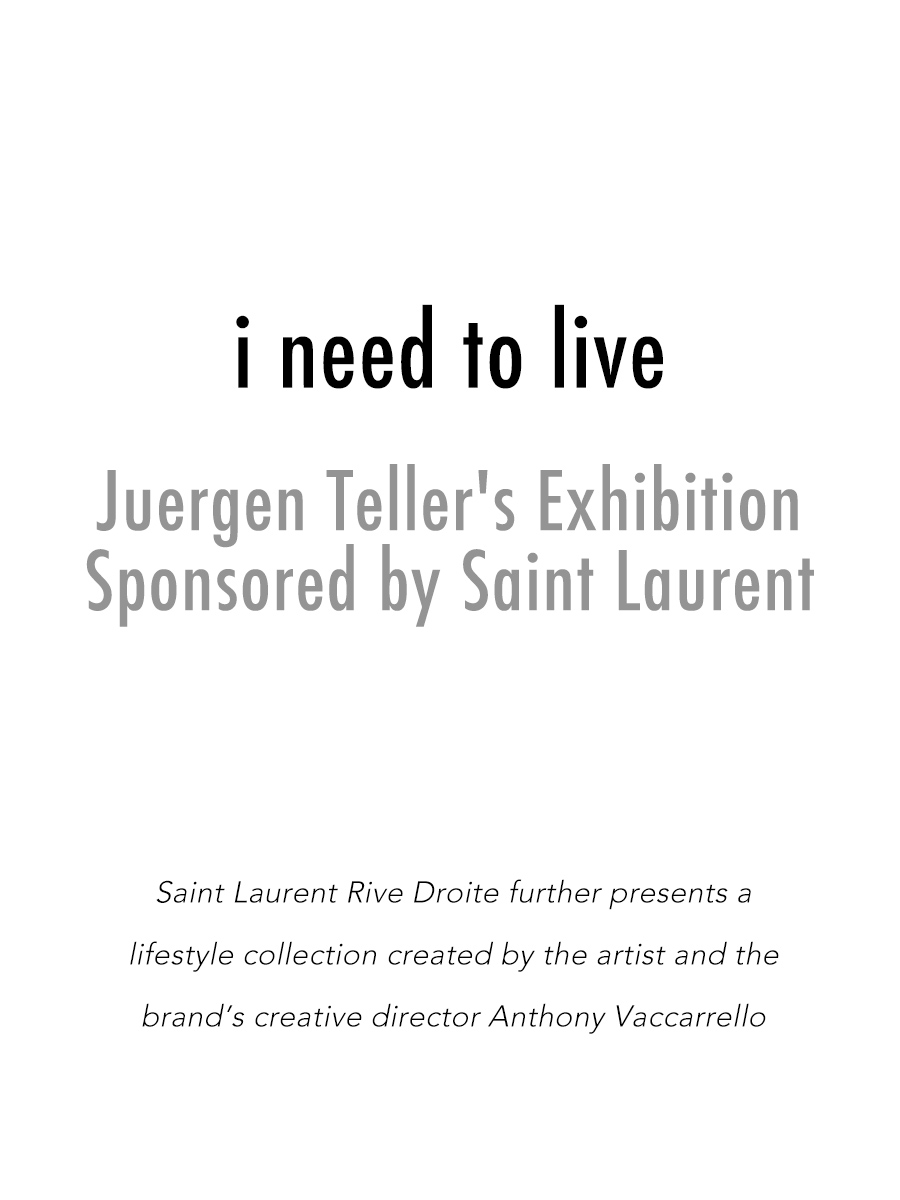
Known for his humorous storytelling, intriguing subject matters and bald camera language, German fashion and fine art photographer Juergen Teller amazed the world with his borderline sensational images. Exuding a raw emotion and candid intimacy, Teller’s somehow rebellious but elegant aesthetics pinnacles him as one of the most iconic and internationally-acclaimed photographers in the fashion industry. Started his creativity career from late 1980s, he has collaborated with many a-list artists, celebrities, top models and major fashion houses, inspiring a generation of fashion personalities.
After the success of his exhibition “i need to live” at Paris’ Grand Palais Éphémère, the exhibition traveled to Italy’s fashion capital for another few months of stays. Inaugurated on January 27th, 2024, the exhibition will be held at Milan’s Triennale Milano until April 1st, 2024, presenting the and spellbinding visual impact collected from Juergen Teller’s expansive repertoire first-handed.
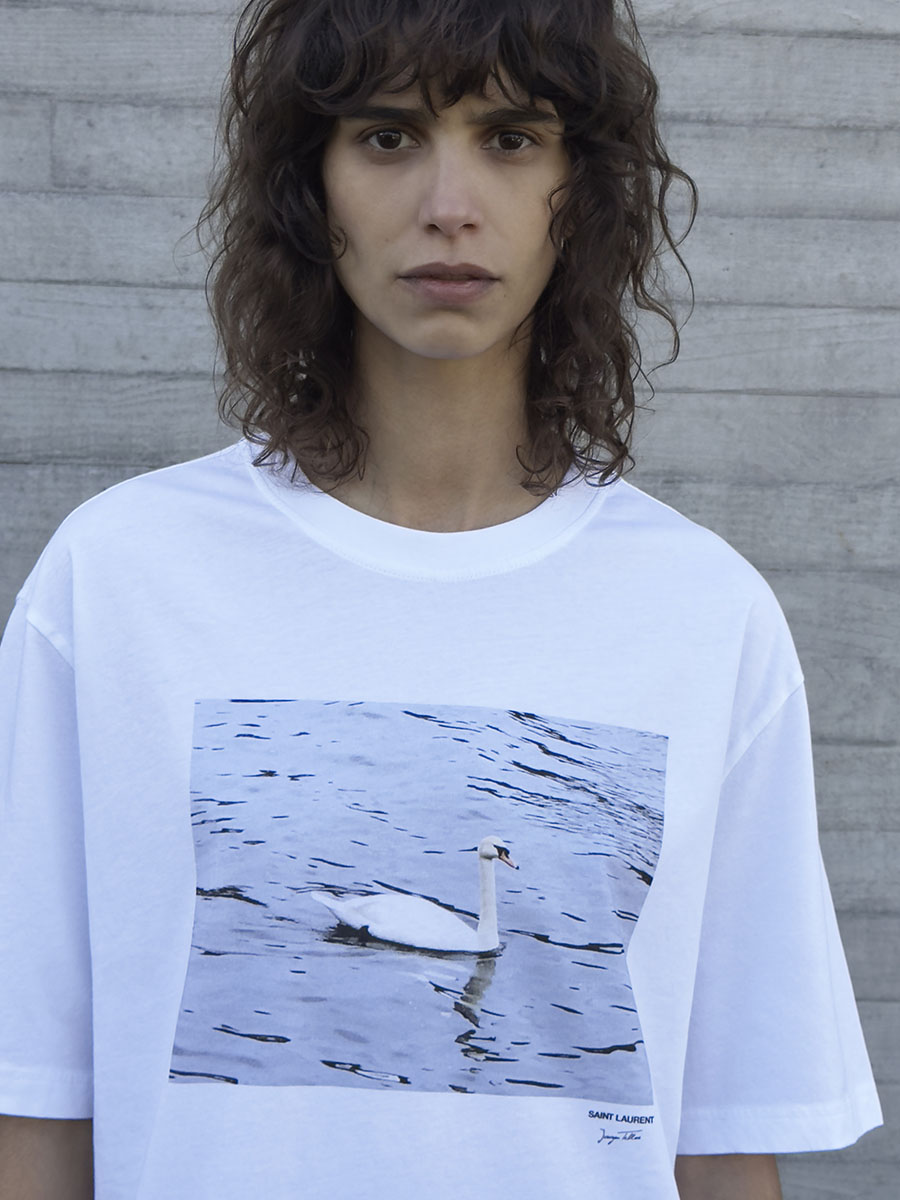
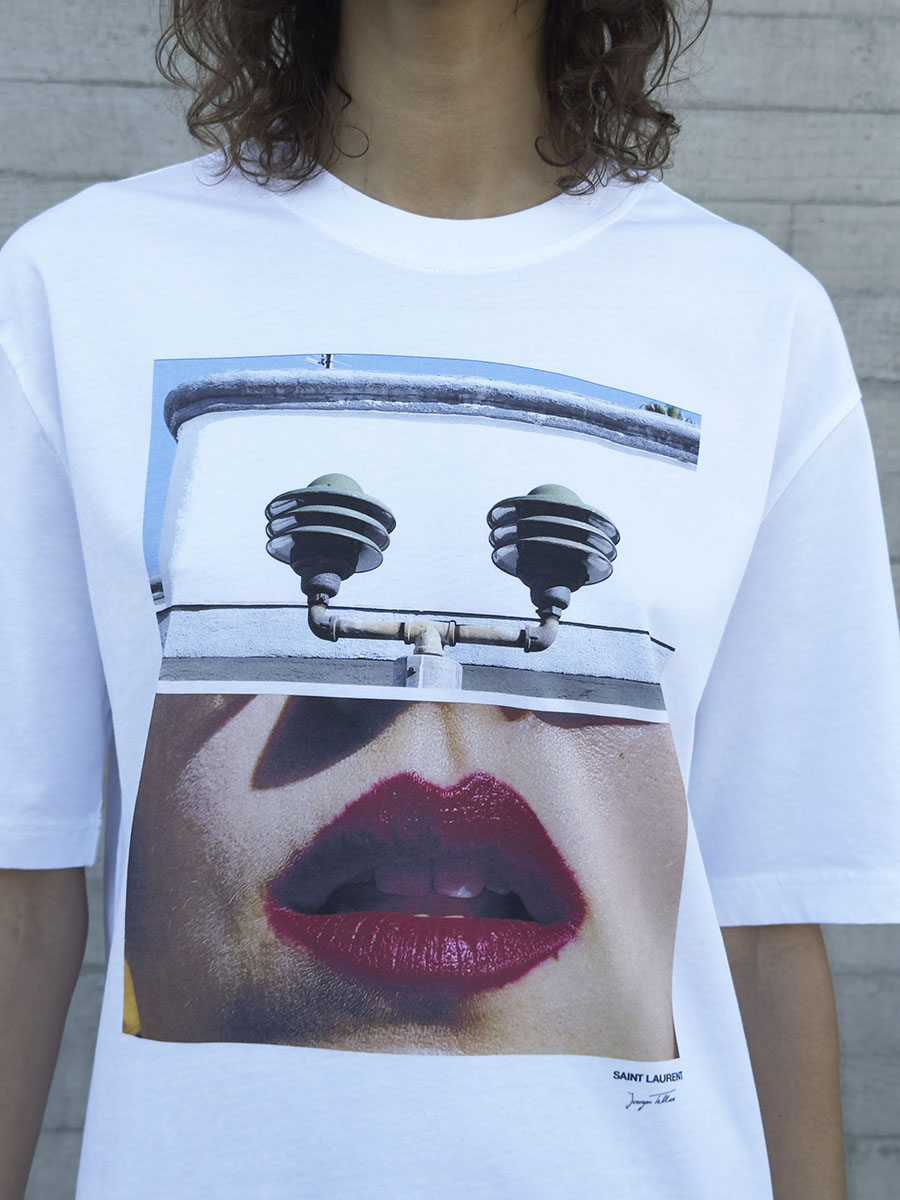
As an official sponsor of the exhibition, Saint Laurent supports Juergen Teller on the compilation of many of his memorable and recognizable works. Both personal and commissioned, the exhibition retrospects to Teller’s over 30 years of career, as well as showcases his latest unforeseen creation – especially the joint projects with his wife and creative partner, Lithuanian artist Dovile Drizyte. These grotesquely intriguing images reflect manifold aspect of relationship, sharing a glimpse of intriguing creativity life, their family fragments and the masterfully reinterpretation of Teller’s iconic artworks with their newborn daughter.
The iconic Saint Laurent by Anthony Vacarello’s SS19 campaign shot by Juergen Teller is also presented in the exhibition. Featuring top model Freja Beha Erichsen, Abbey Lee, Julia Nobis and Mica Arganaraz, the campaign unfolds in a beautiful Lombardian villa by Lake Como. Backdropped the poetic waterfront view, the unsaturated color of the images accentuates the elegance in the sexy collection
In conjunction with the exhibition, Saint Laurent Rive Droite launched a unique lifestyle collection created by Anthony Vaccarello and Juergen Teller. Conceptualized by Anthony Vaccarello, Saint Laurent Rive Droite presents a wide range of products focusing on creativity and culture. The lifestyle collection, including homeware, decorative objects, clothing, accessories and vinyls, is now available on ysl.com. Each one with a photograph of the Juergen Teller, the collection brings a piece of the exhibition into everyday life.
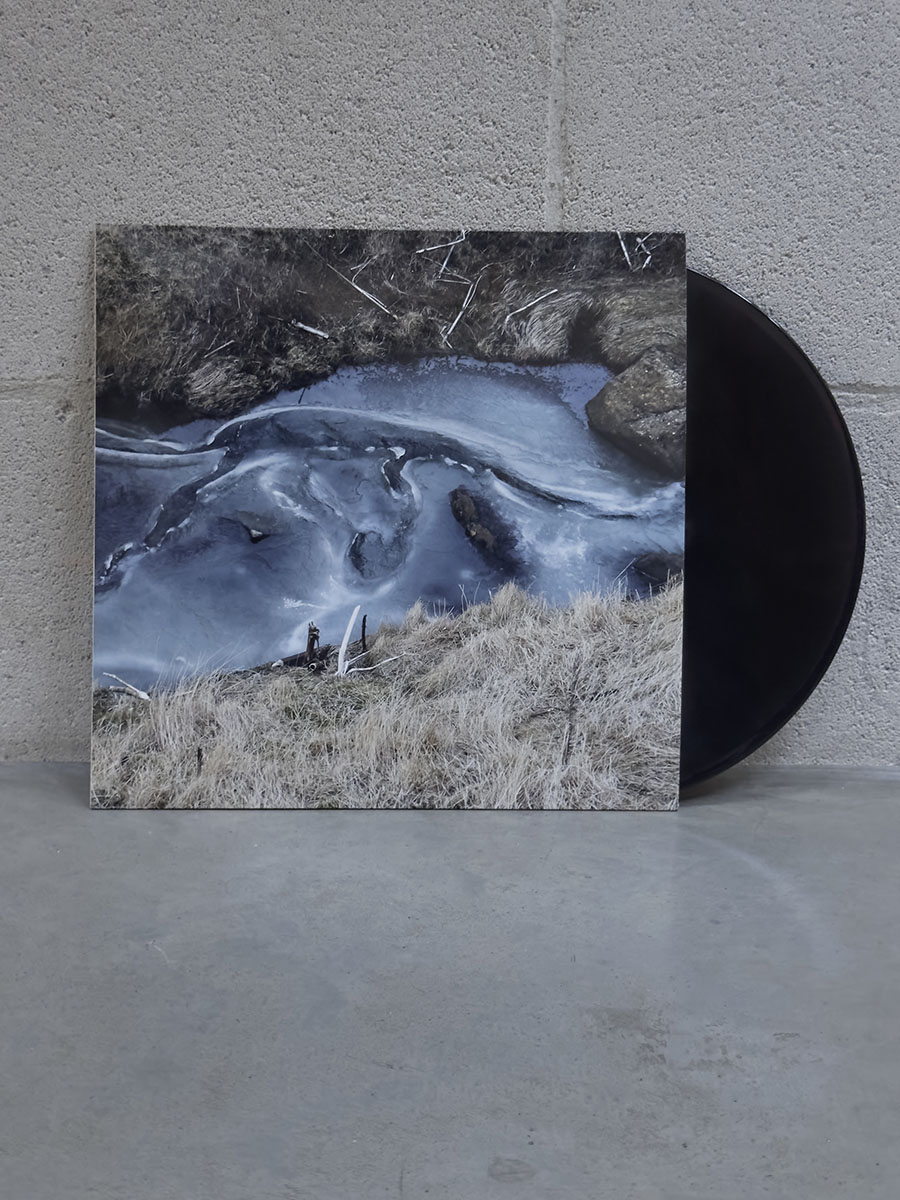
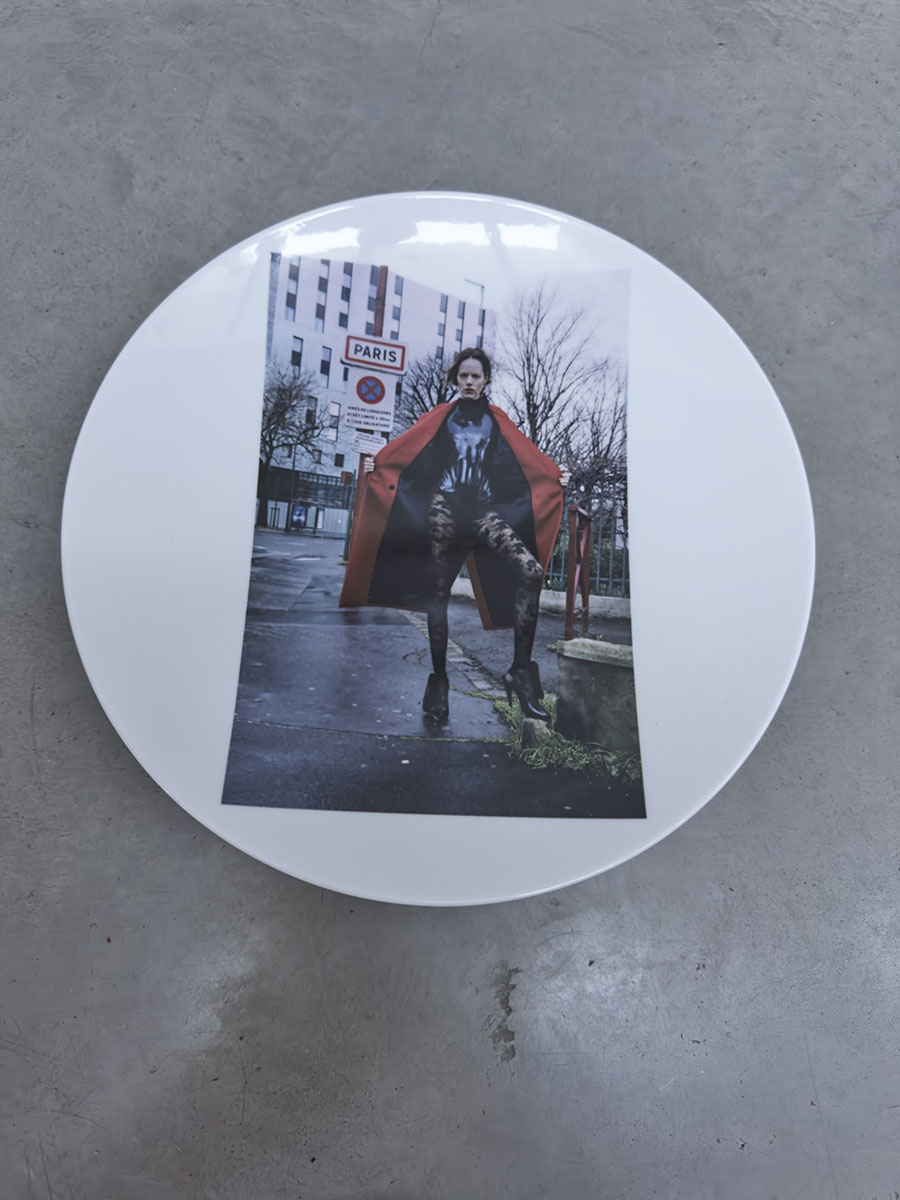
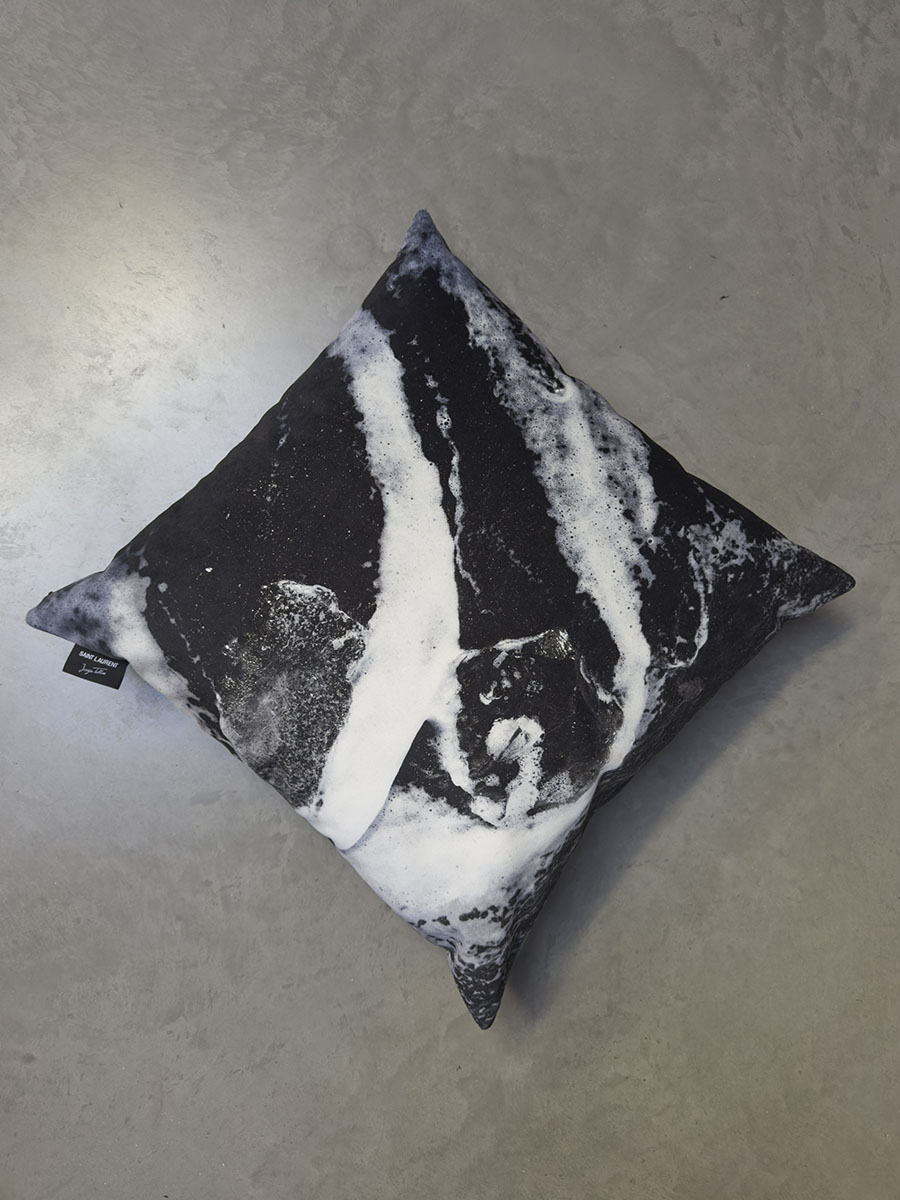
With Love from L.A.
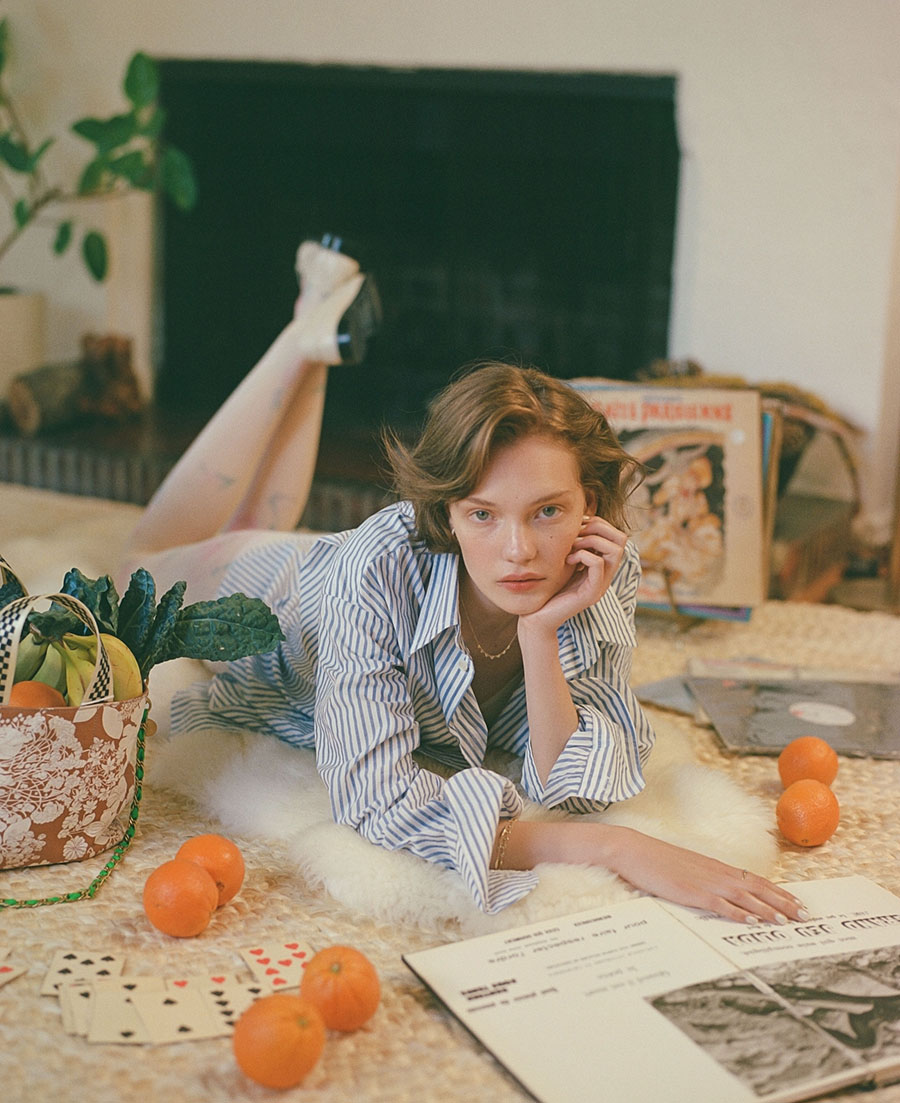
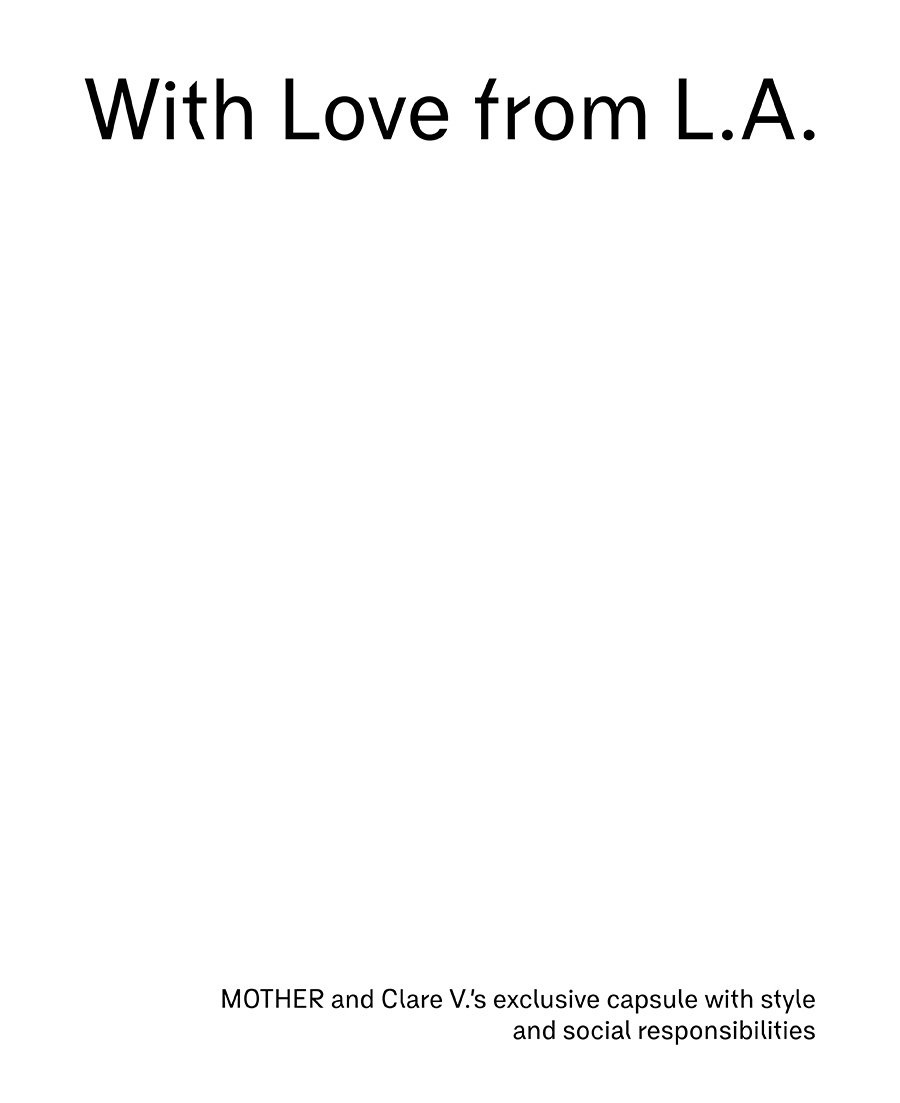
Hailing from Los Angeles, denim brand MOTHER collaborates with its fellow Los-Angeles fashion brand Clare V. on an exclusive capsule collection, paying homage to their beloved hometown while supporting the development of local craftsmanship and charity organization.
Inspired by the colorful culture, vibrant atmosphere and light-filled cityscape of Los Angeles, the 10-piece apparel and accessories collection embodies the city’s laid-back and easy-going spirit. Leveraging the advantages of both brands, the collaboration perfectly demonstrates that one plus one can be greater than two. A touch of Clare V.’s distinctive French tailoring aspect is applied to MOTHER’s denim pieces, while MOTHER’s signature print and detailing are spotted on Clare V.’s accessories design. In this collection, MOTHER’s Californian rebelliousness and Clare V.’s indie Parisian aesthetics blend harmoniously.
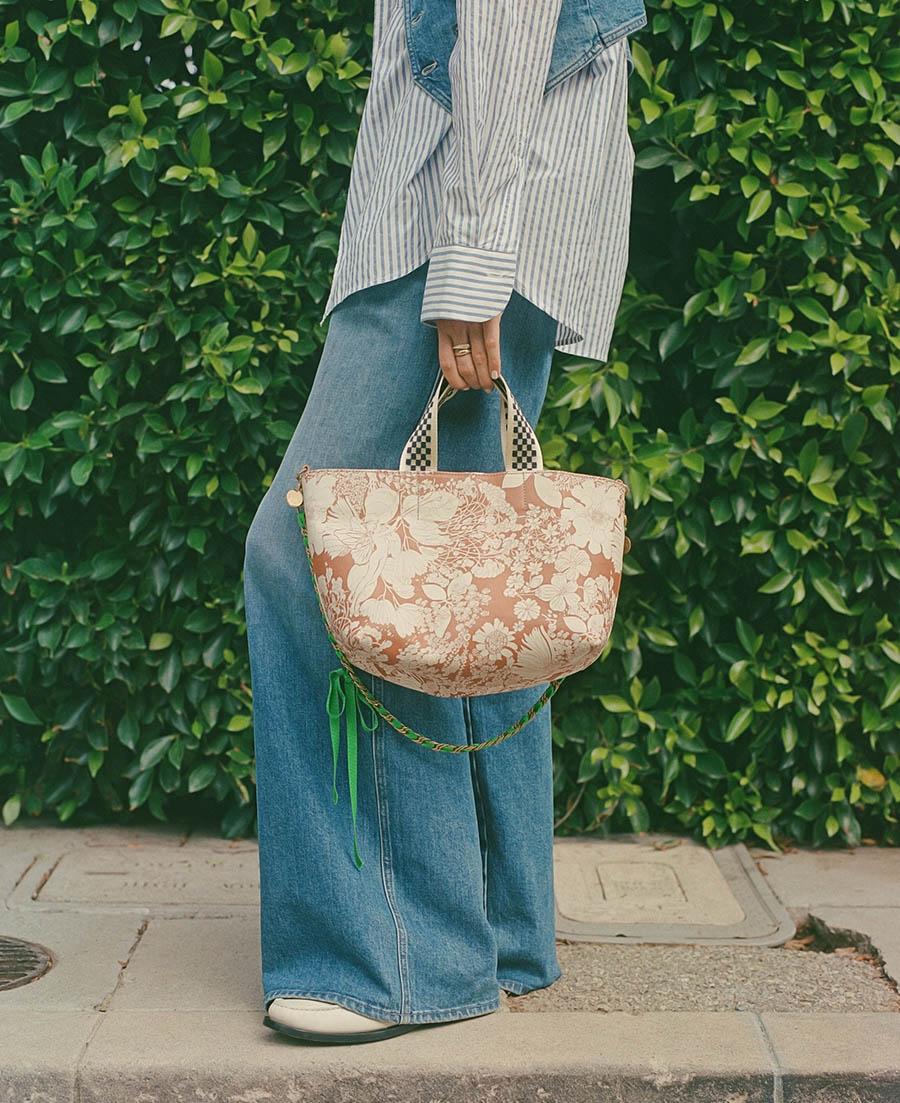
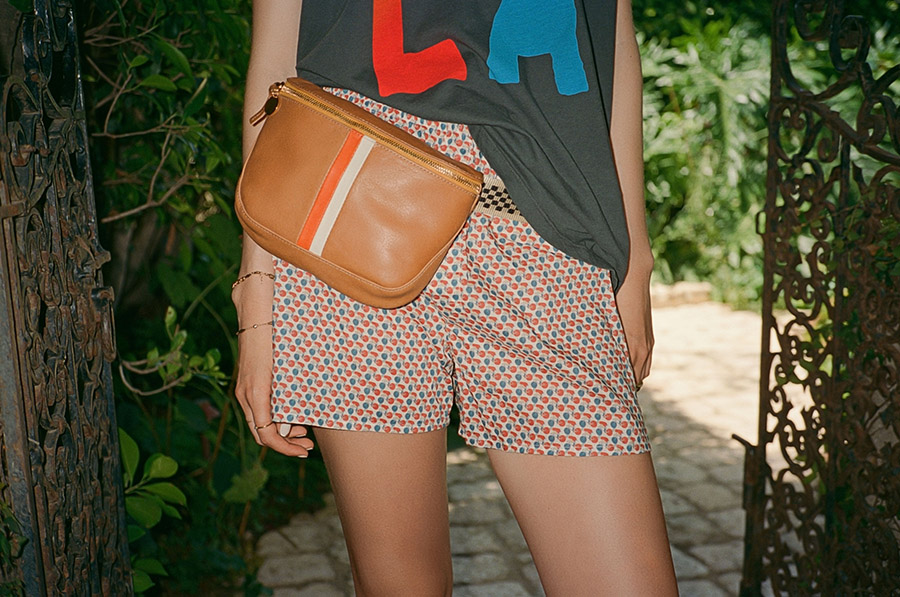
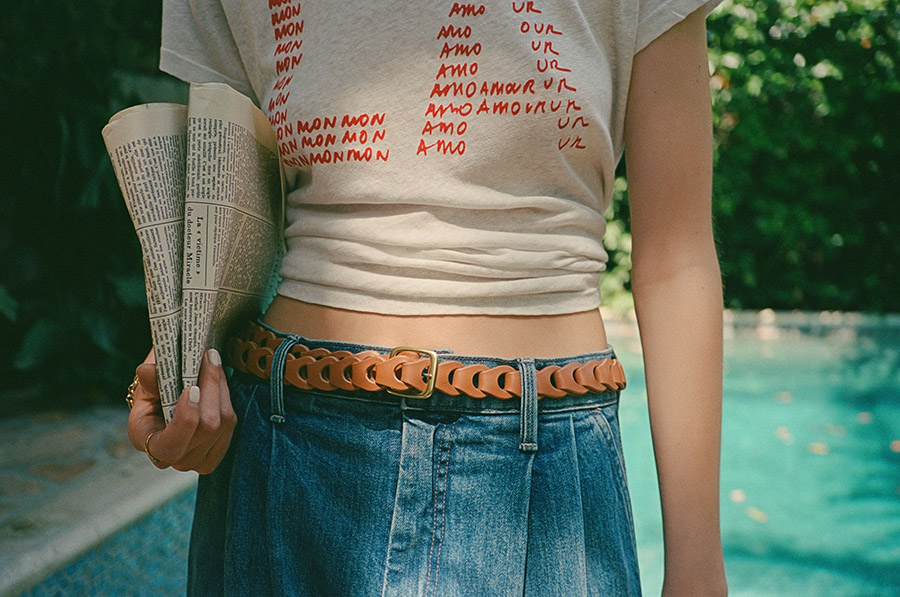
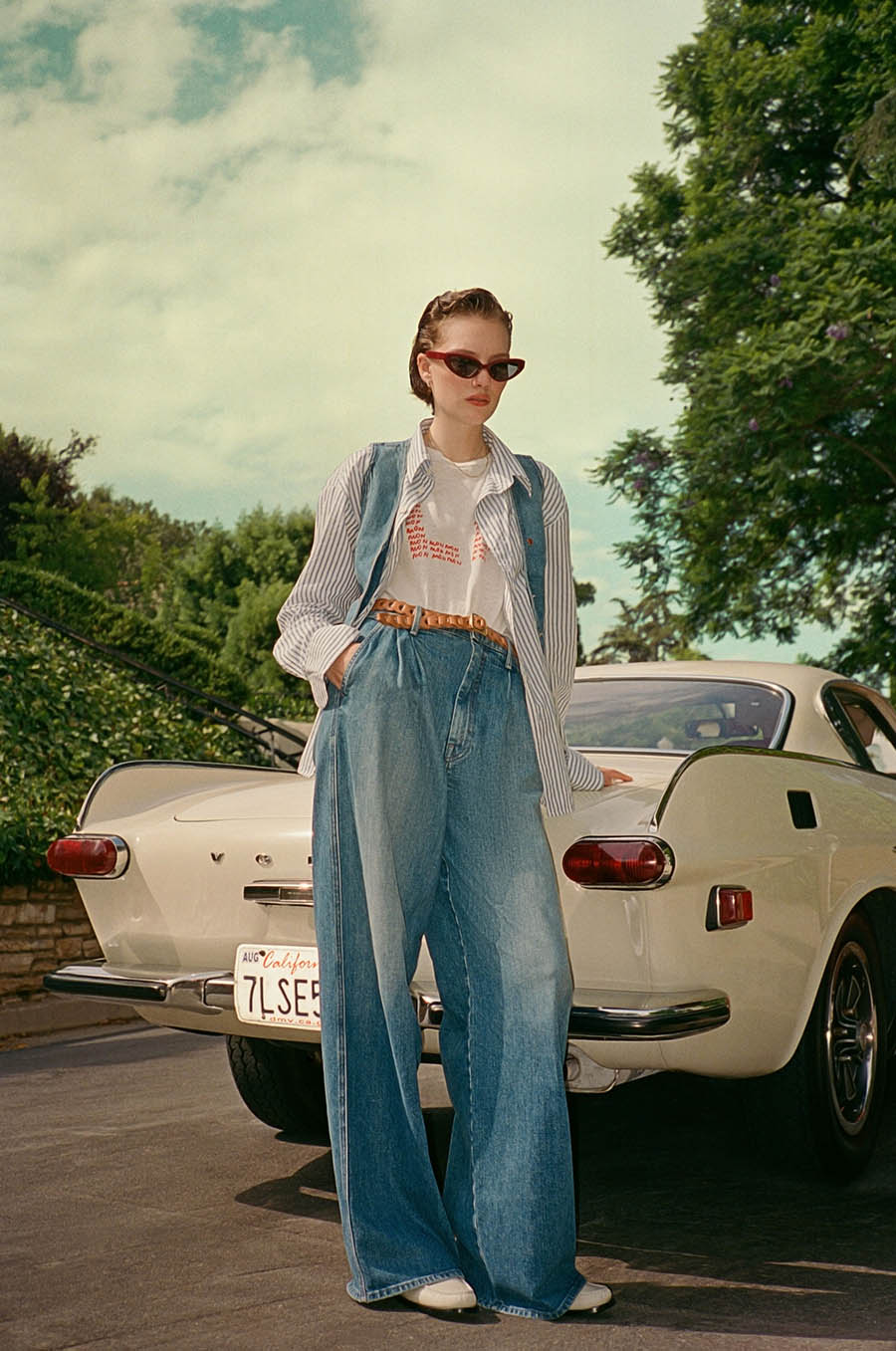
Lela Becker, co-founder of MOTHER, proudly acknowledged Los Angeles’ iconic denim legacy and the brand’s commitment to local production. Together with the visionary behind Clare V., Clare Vivier, the two female leaders expressed their enthusiasm for this creative union, celebrating their shared love for Los Angeles. In the spirit of women helping women, MOTHER and Clare V. further partnered with a local non-profit organization Downtown Women’s Center (DWC). Through a donation of $20,000 to DWC, the two brands hoped to empower women in greater Los Angeles who are experiencing homelessness, or are formerly homeless; assist them on aspects such as housing, wellness, employment and advocacy services.
Launched on January 30, 2023, the limited-edition capsule collection is available exclusively at selected Clare V. retail stores as well as the respective online platforms of MOTHER and Clare V.. With the motto “With Love from L.A.”, the collection encapsules the synergy of style and social responsibility, embodying the essence of Los Angeles’ dynamic fashion scene and positive community spirit.
Text: Yves Tsou
Peacework

top LAURA ANDRASCHKO, jeans CHRISTIAN WIJNANTS, shoes SALVATORE FERRAGAMO

(left) sweater & jeans LOEWE, shoes ACNE STUDIOS (right) on Khadim_trousers ZEGNA, shoes LOEWE on Sumaya_sweater LOEWE, jumpsuit ISSEY MIYAKE, skirt LAURA ANDRASCHKO, shoes JIMMY CHOO


sweater ERDEM, pants FENDI, shoes LOEWE

(left) jacket, trousers & shoes BOTTEGA VENETA (right) dress ERIKA JANAVI, bra & shorts LOVE STORIES

on Reimi_sweater & jeans LOEWE, shoes ACNE STUDIOS on Emma_jacket KENZO, corsage ISA BOULDER, jeans VERSACE on_Sumaya shirt VERSACE, skirt DIOR on Jeremy_sweater SALVATORE FERRAGAMO, trousers HOMME PLISSÉ ISSEY MIYAKE, necklace DIOR on Paddy_sweater ERDEM, pants FENDI, shoes LOEWE on Khadim_top LAURA ANDRASCHKO, jeans CHRISTIAN WIJNANTS, coats GIORGIO ARMANI

(left) shirt VERSACE, skirt DIOR, socks & shoes KENZO (right) on Paddy_sweater ERDEM on Jeremy_sweater SALVATORE FERRAGAMO, necklace DIOR

sweater SALVATORE FERRAGAMO, trousers HOMME PLISSÉ ISSEY MIYAKE, necklace DIOR, sandals LOEWE

(left) on Paddy_trousers WILLIAM FAN on Reimi_dress ERIKA JANAVI, bra & shorts LOVE STORIES, leggings GIORGIO ARMANI on Khadim_knit JIL SANDER, trousers ZEGNA on Jeremy_top LOEWE, trousers JIL SANDER (right) trousers ZEGNA, shoes LOEWE

on Khadim_shorts CHÉ, coat VERSACE, boots JIL SANDER on Emma_dress WILLIAM FAN, shoes DIOR, on Reimi_top LOVE STORIES, trousers BY MALENE BIRGER, sneakers MAX MARA on Jeremy_jacket & trousers CLOSED, shoes ZEGNA on Paddy_top SPORTMAX, dungerees KENZO, shoes GIORGIO ARMANI, on Sumaya_total look BOTTEGA VENETA

corsage ISA BOULDER, jeans VERSACE, shoes AEYDE



(left) top LOEWE, trousers JIL SANDER (right) on Sumaya_total look BOTTEGA VENETA on Khadim_ coat VERSACE, boots JIL SANDER on Paddy_top SPORTMAX, dungerees KENZO, shoes GIORGIO ARMANI

(left) dress ERIKA JANAVI, bra & shorts LOVE STORIES, leggings GIORGIO ARMANI, shoes LOEWE (right) jacket & trousers CLOSED, shoes ZEGNA


knit JIL SANDER, trousers WILLIAM FAN

(left) on Reimi_top LOVE STORIES, trousers BY MALENE BIRGER on Emma_dress WILLIAM FAN (left) Reimi_sweater & jeans LOEWE, shoes ACNE STUDIOS on Emma_corsage ISA BOULDER, jeans VERSACE, jacket KENZO, shoes AEYDE on Sumaya_shirt VERSACE, skirt DIOR, socks & shoes KENZO on Jeremy_sweater SALVATORE FERRAGAMO, trousers HOMME PLISSÉ ISSEY MIYAKE, necklace DIOR on Paddy_sweater ERDEM, pants FENDI, shoes LOEWE on Khadim_top LAURA ANDRASCHKO, jeans CHRISTIAN WIJNANTS, coat GIORGIO ARMANI

Photographer: Olivier Yoan (@olivieryoan)
Stylist: Julia Quante (@julianquante)
Executive Producer: Alex Aalto (@aaltoalex) @Aalto Production
Producer & Casting Director: Madara Bergmane (@madara_bergmane) @Aalto Production
Production Manager: Nancy Ngobese (@nancyese_)@Aalto Production
Hair Stylist: Larry King (@larrykinghair) @A-Frame using Larry King Products
Make-up Artist: Yin Lee (@yinleemakeup)
Nail Artist: Georgia Ivanova (@georgia.ivanova)
Set Designer: Charlie Speak (@charliespeak)
1st Photo Assistant: Ariel Mihaly (@@arielmihaly)
2nd Photo Assistant: Joey Philippe Dali (@jonah_dali)
Styling Assistant: Varvara Barto (@varvarabarto)
Hair Styling Assistants: Zoe Clark (@zoeclarkhair), Lilli Bridger (@lillibridgerrr)
Make-Up Assistant: Lillie Lunch
Set Design Assistant: Joshua Bassey (@the_gay_kray)
Models: Reimi (@_reimi._____) @Body London, Emma (@emmabreschi) @Chapter Management, Khadim (@kmthiam) @Chapter Management, Paddy (@paddy.orr) @Milk Management, Sumaya @Milk Management, Jeremy (@jeremy_.kim) @Nevs Models
Flood Dragon / 蛟龍入海
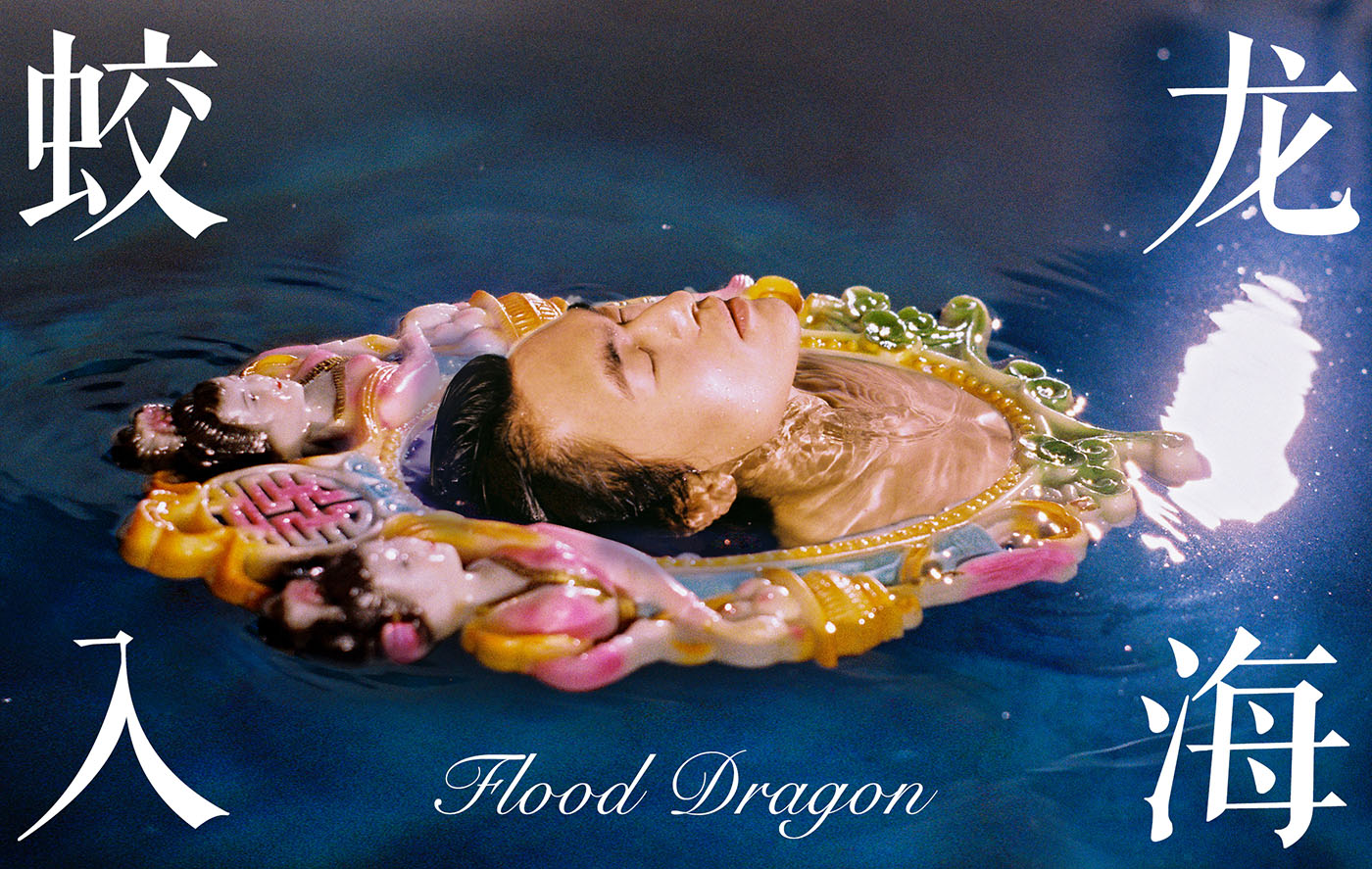
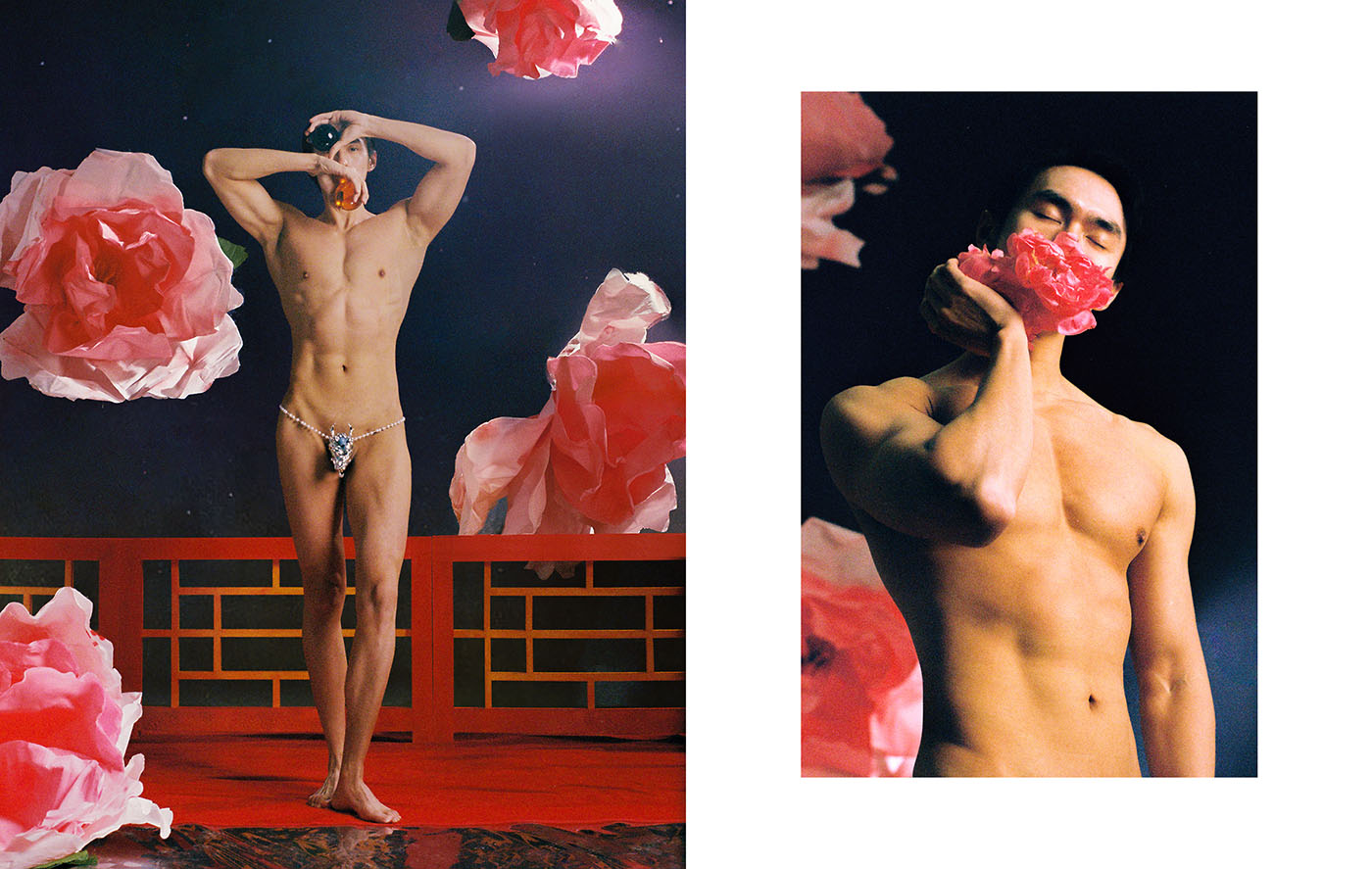
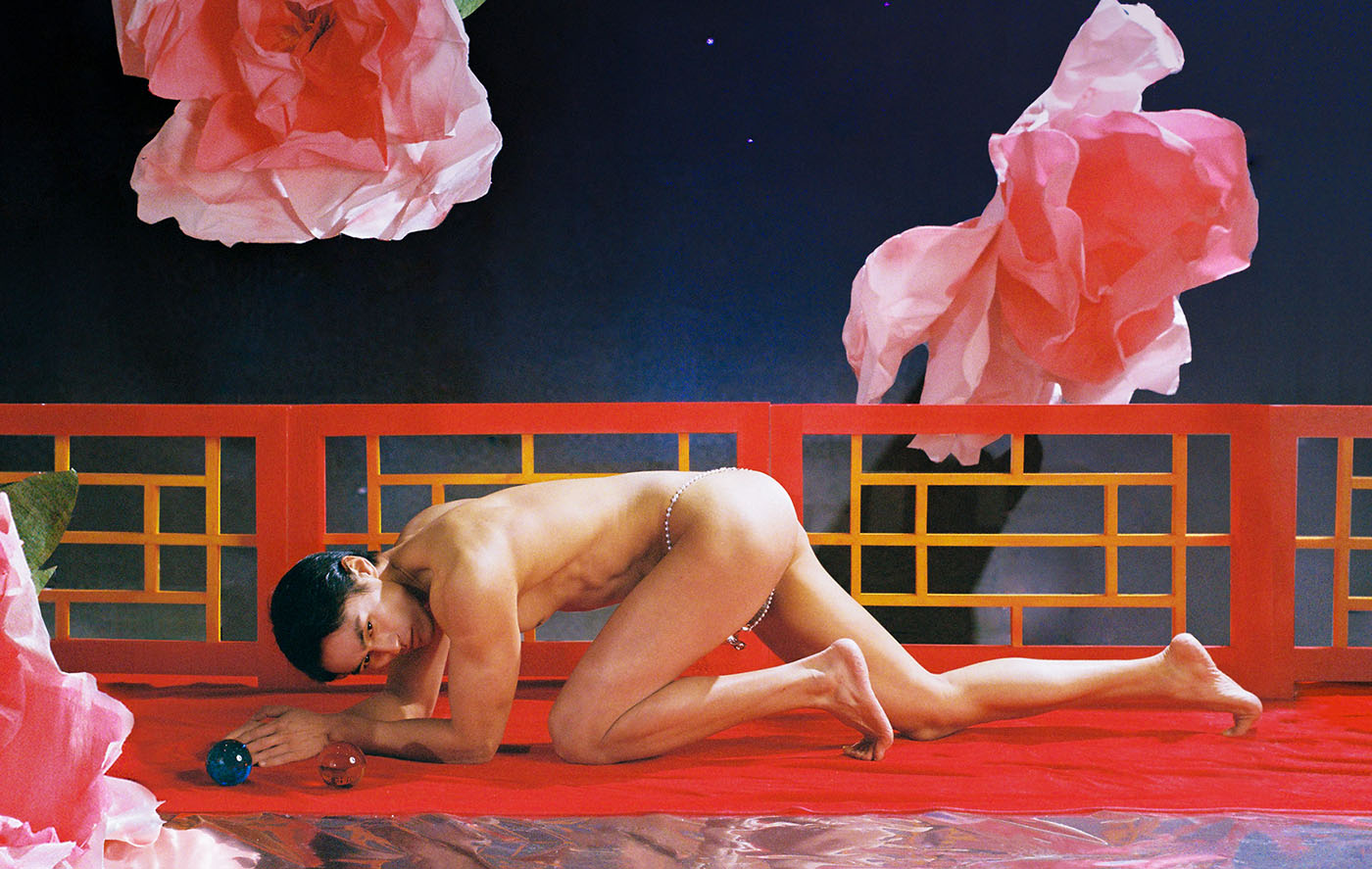
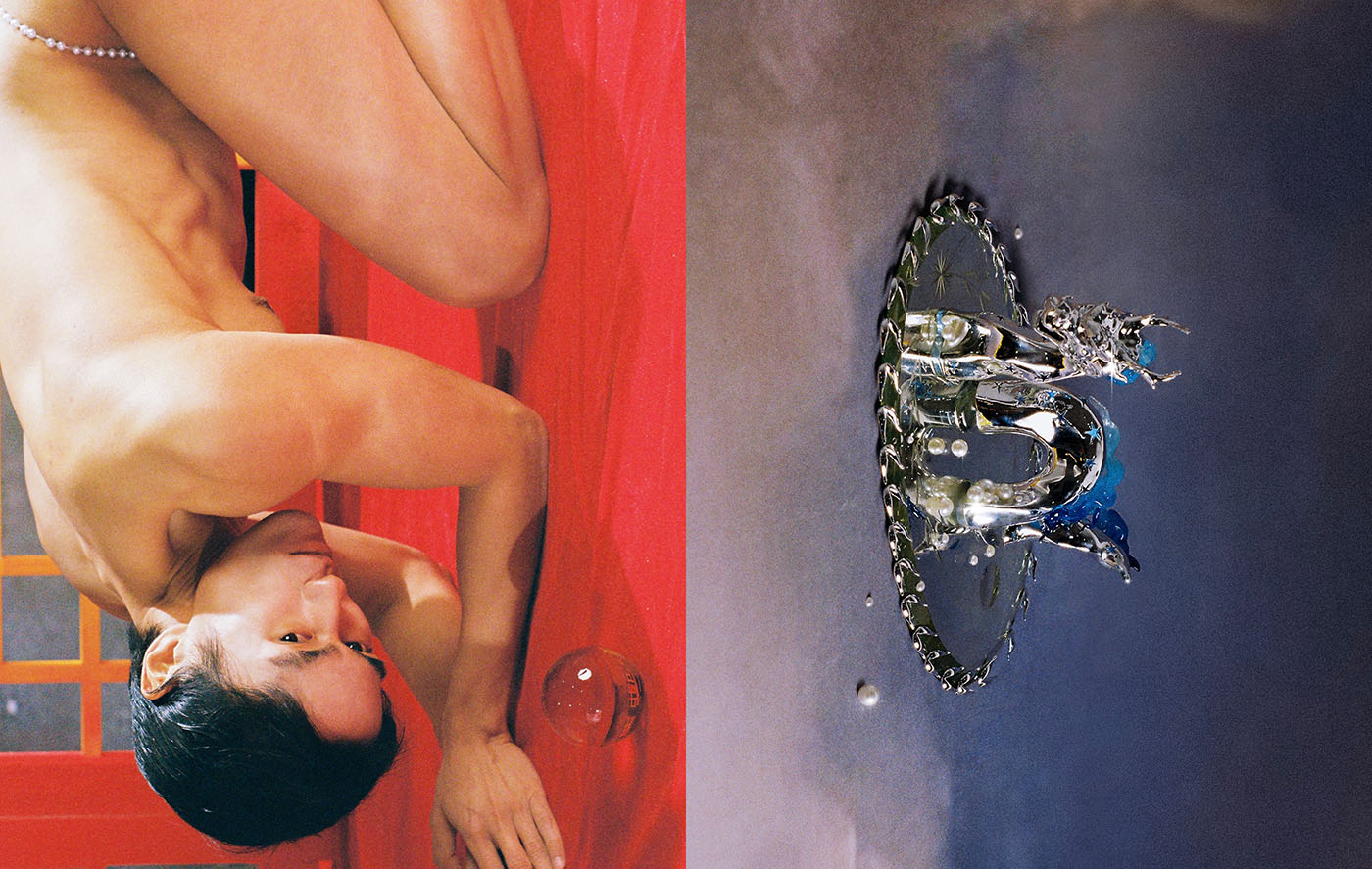
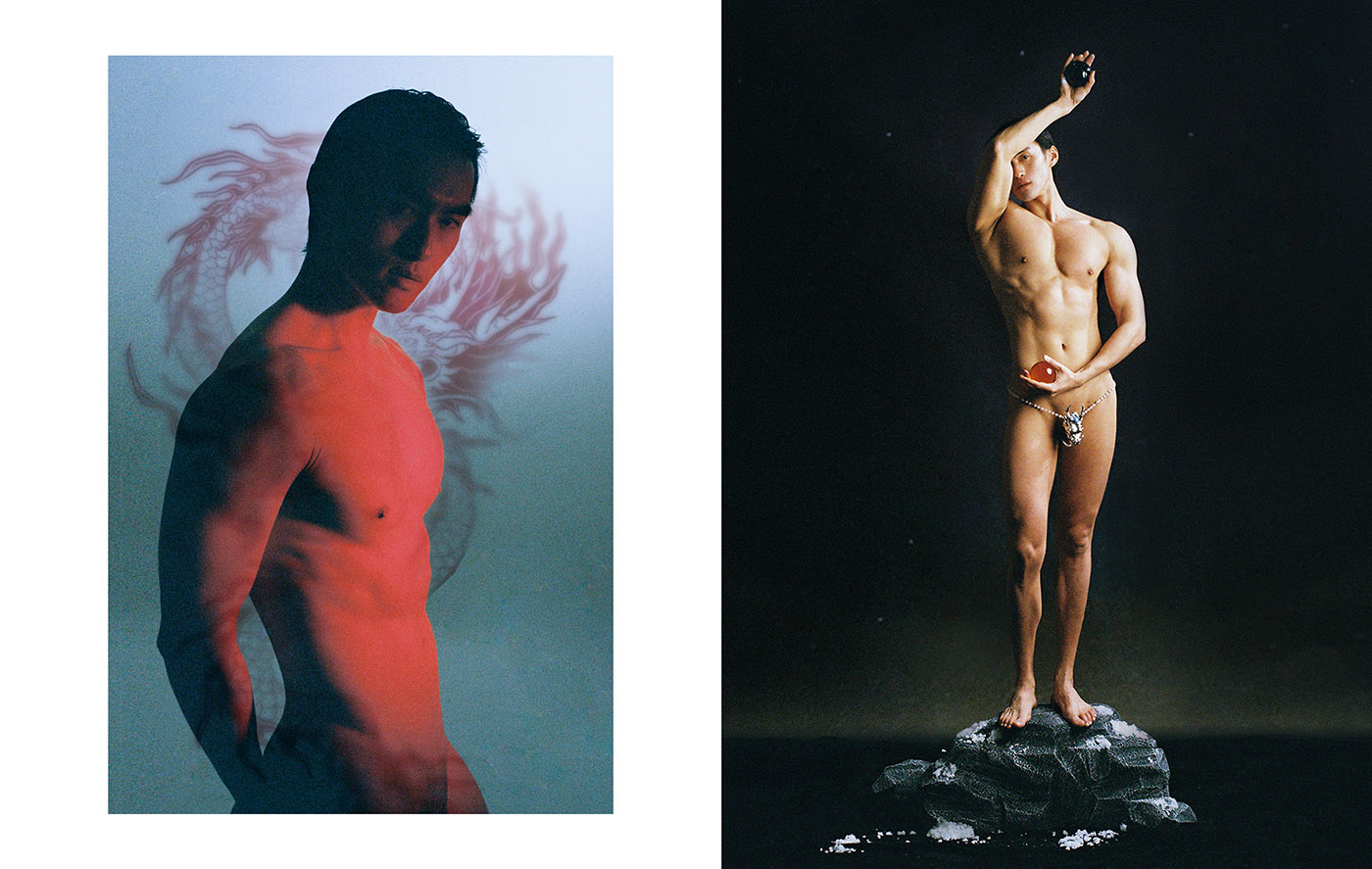
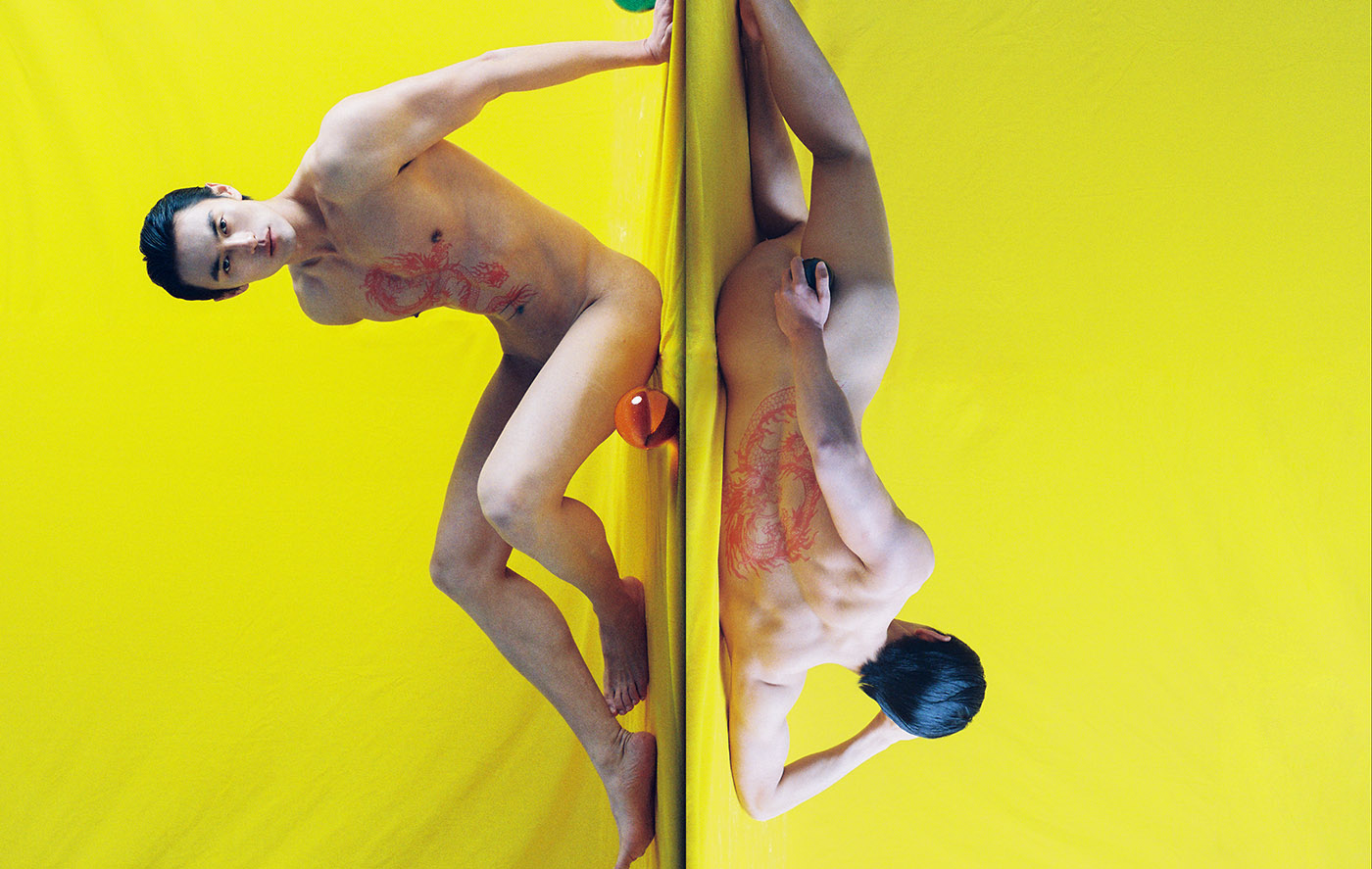
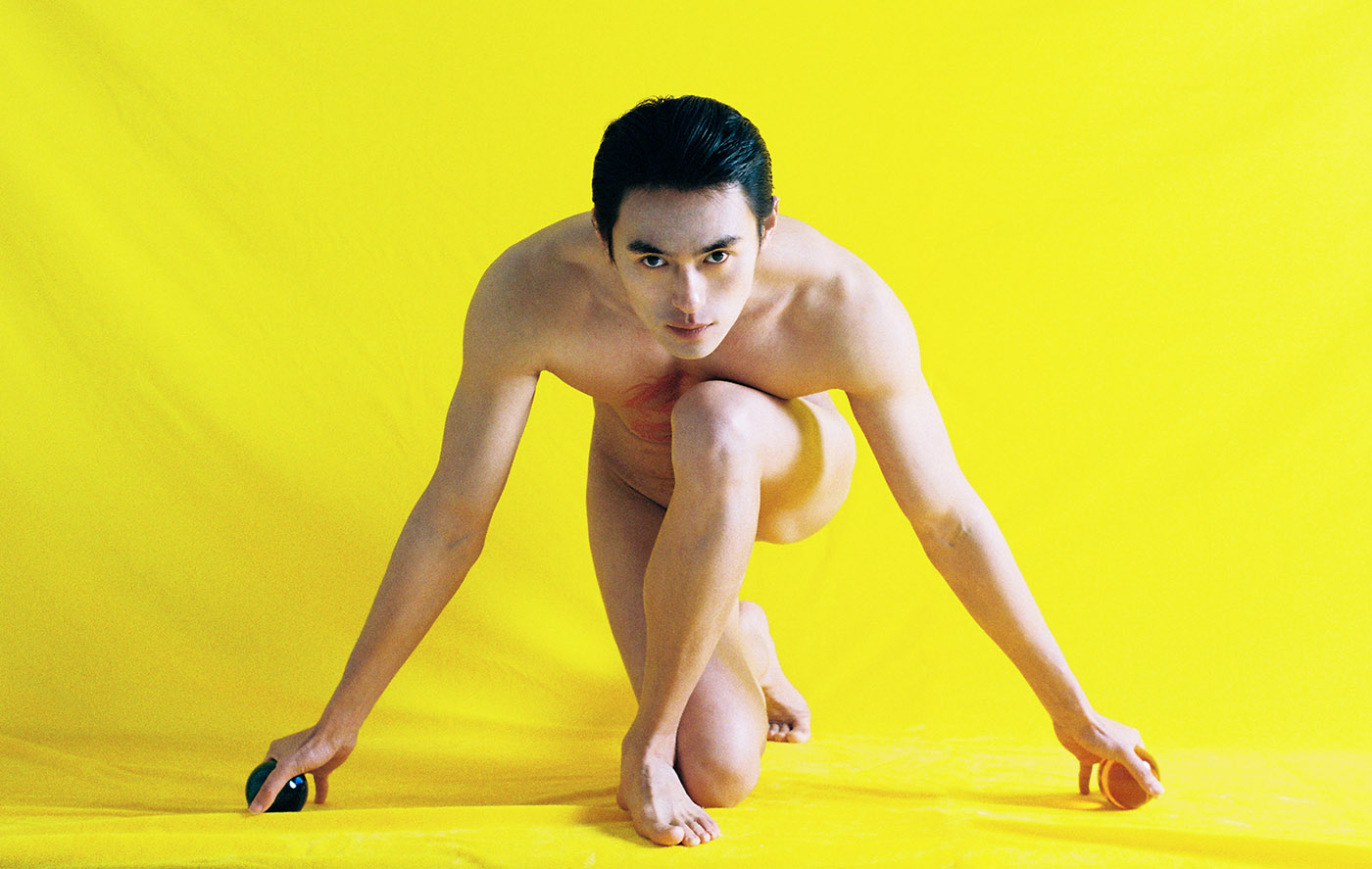
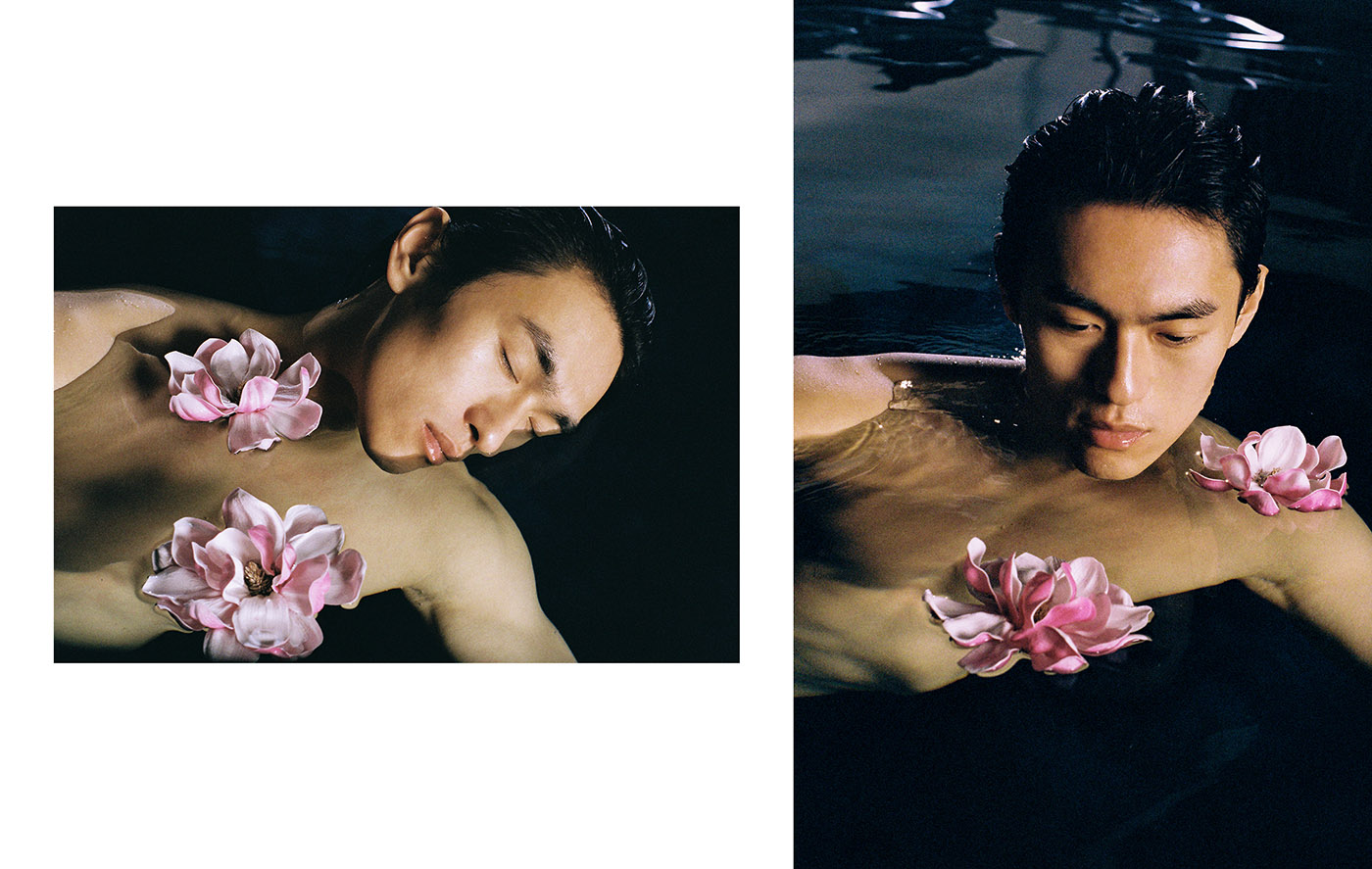
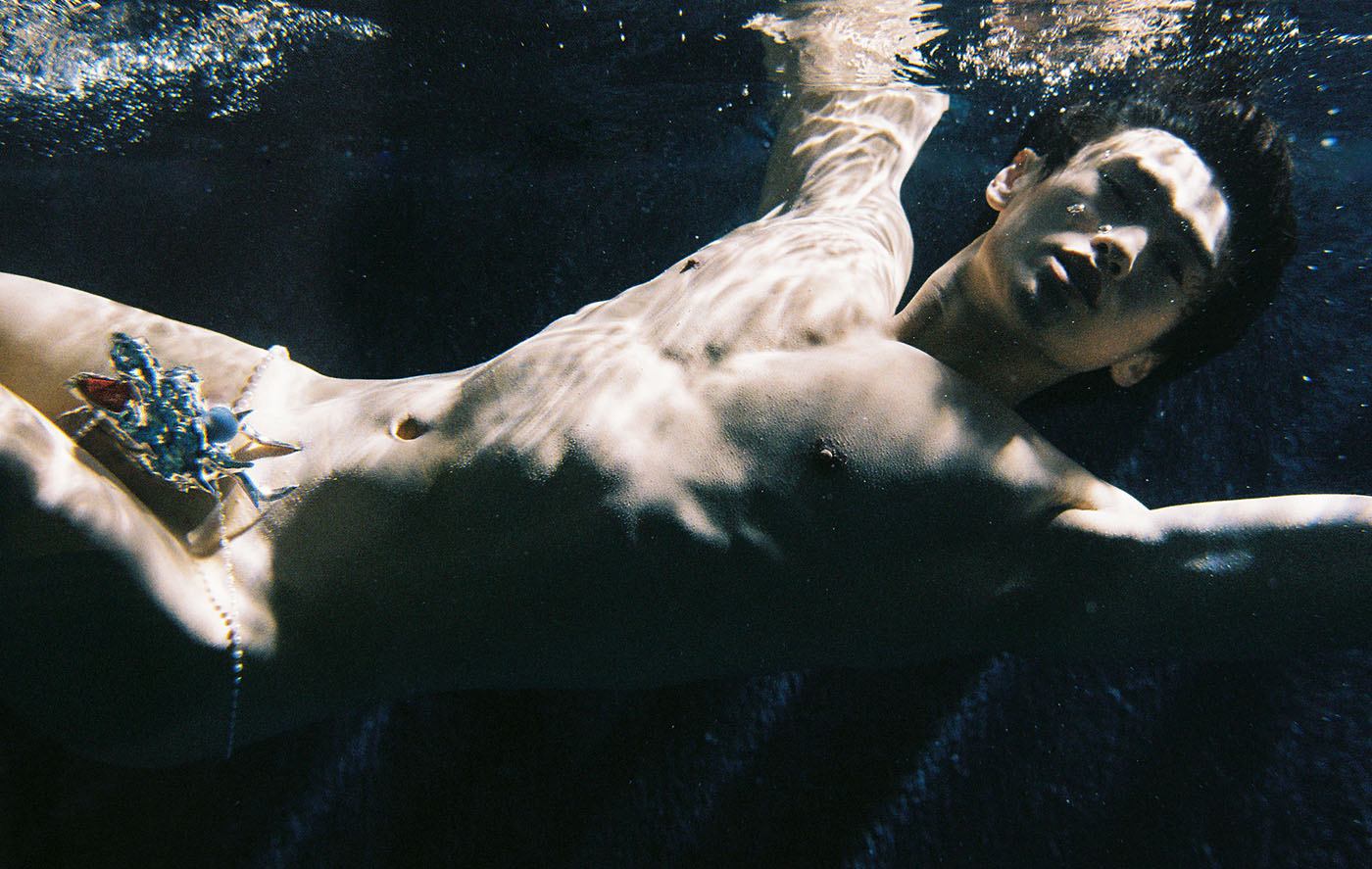
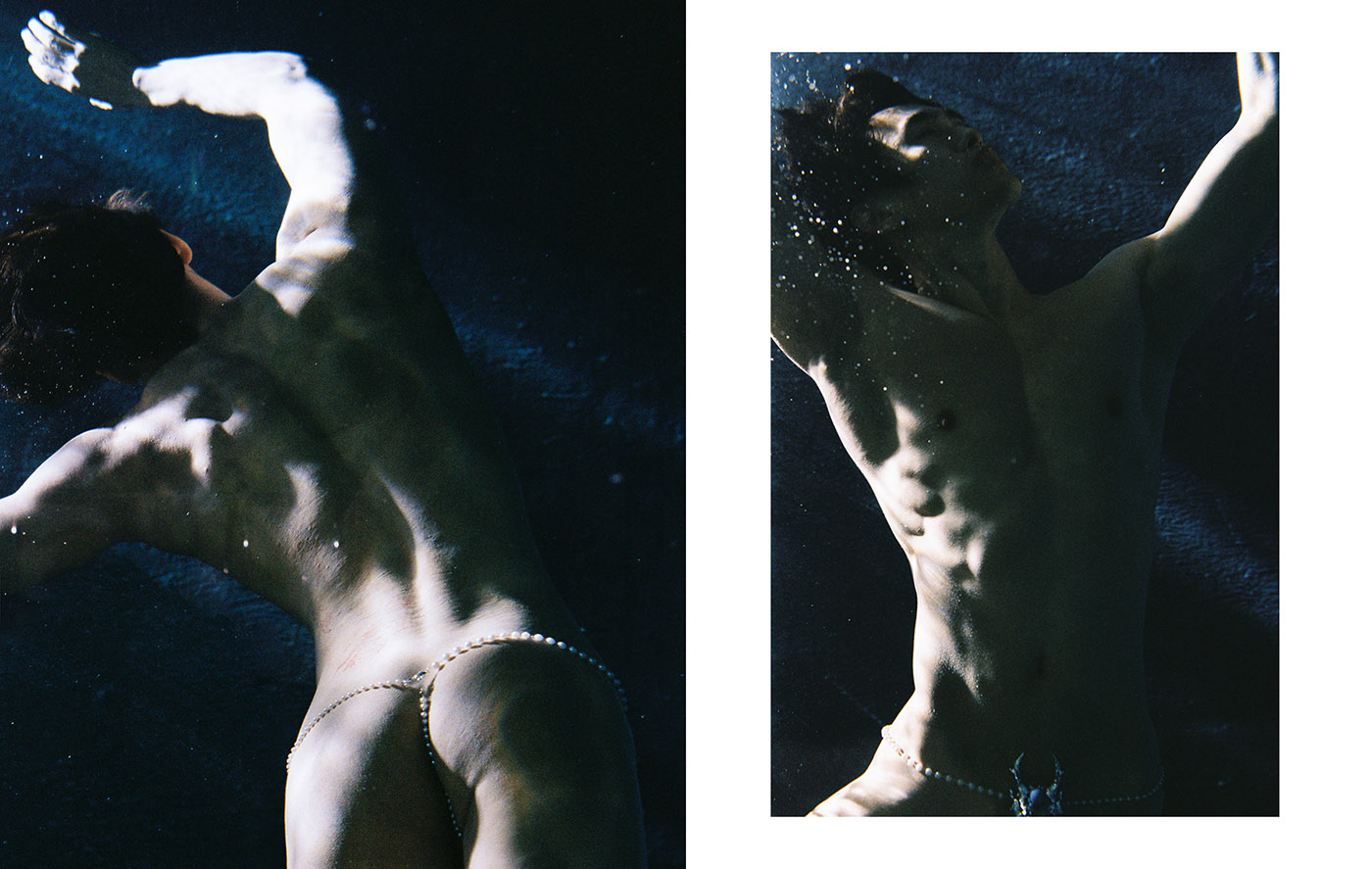
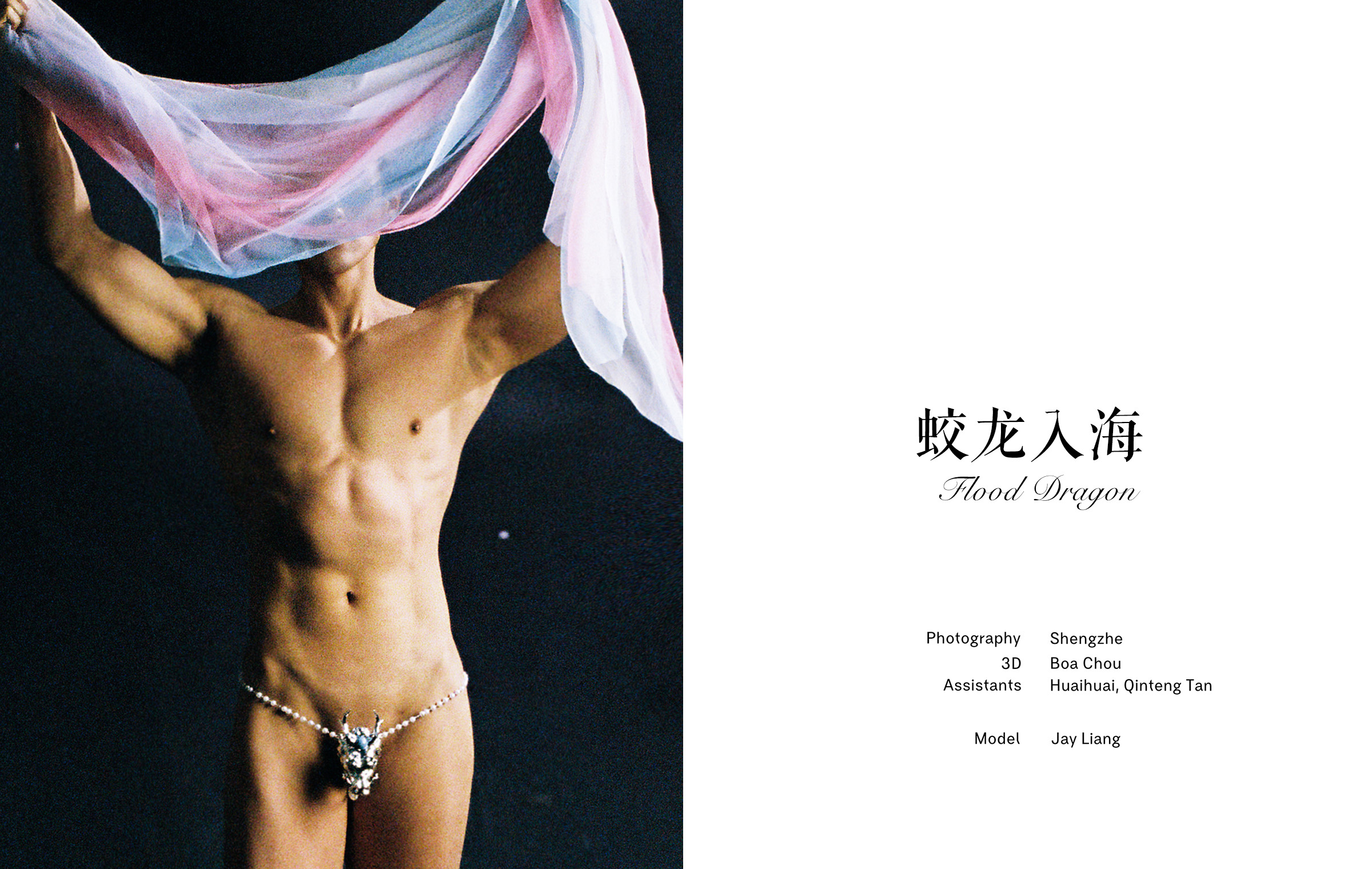
Photography: Shengzhe (@shengzhe__)
3D: Boa Huang
Assistants: Huaihuai, Qinteng Tan
Model: Jay Liang
